- Filter By:
-
-
Stock photos and images of username:yands
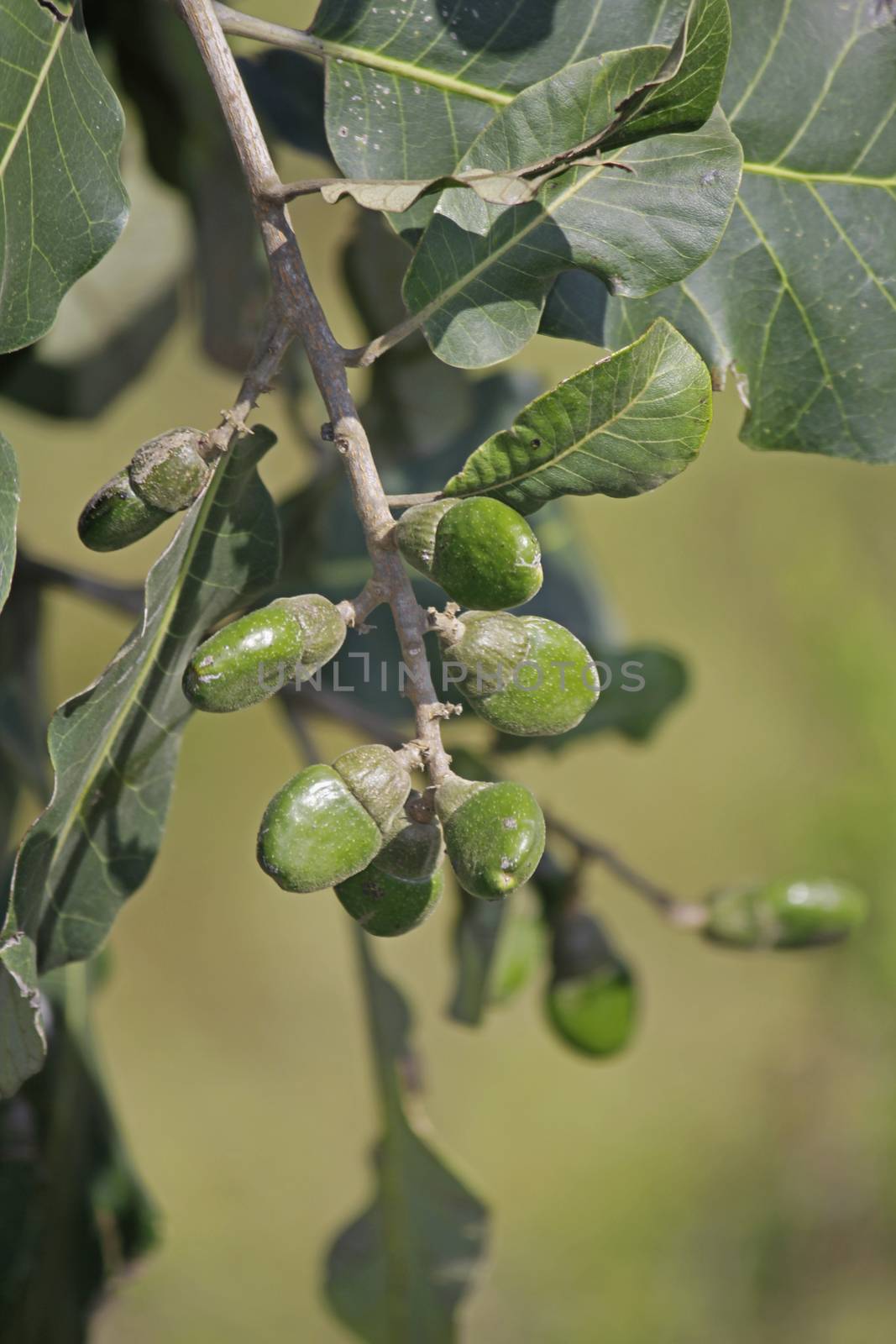
Fruits of Semecarpus anacardium
Stock PhotoUsername
yandsResolution
3456x5184pxFruits of Semecarpus anacardium

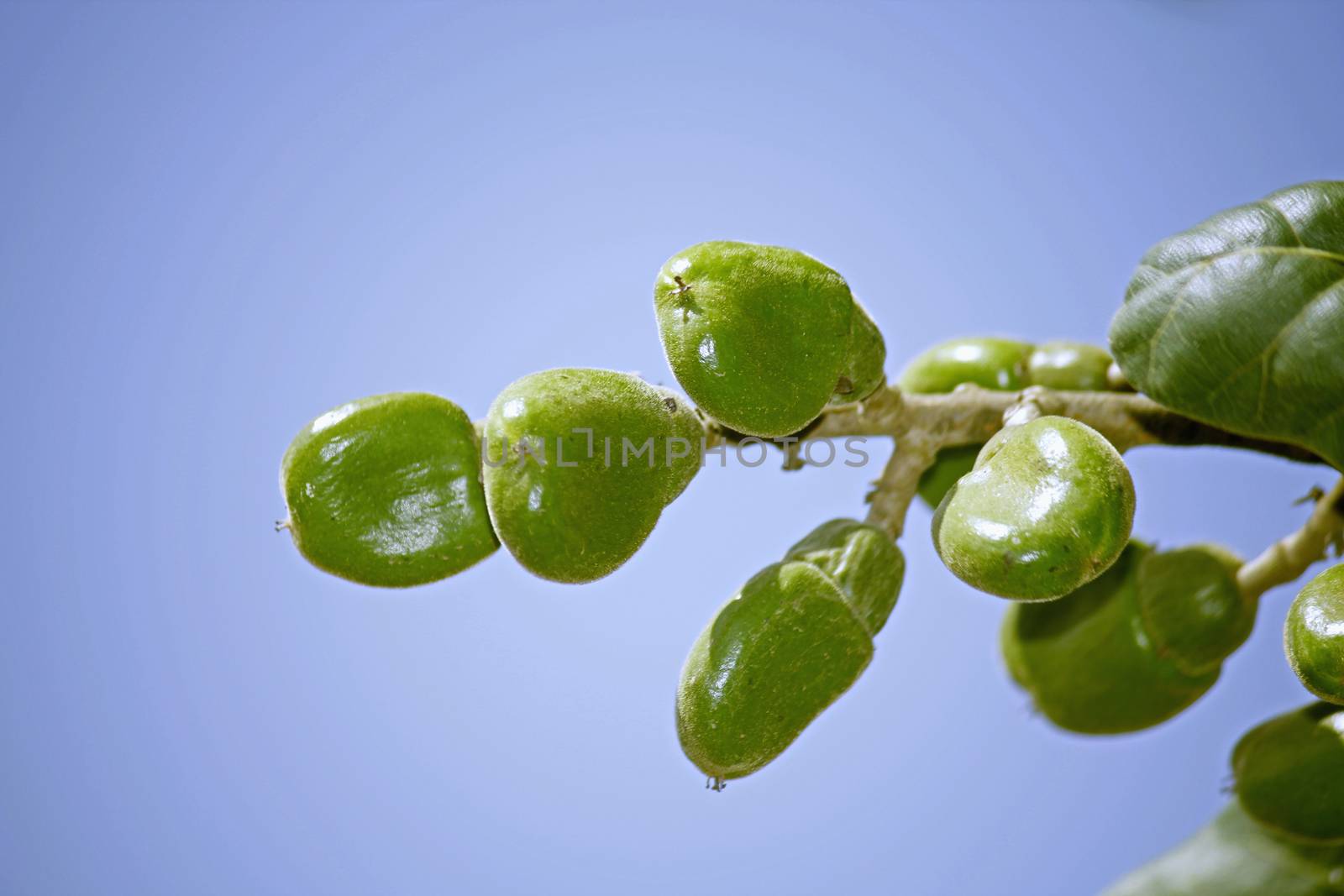
Fruits of Semecarpus anacardium
Stock PhotoUsername
yandsResolution
5184x3456pxFruits of Semecarpus anacardium

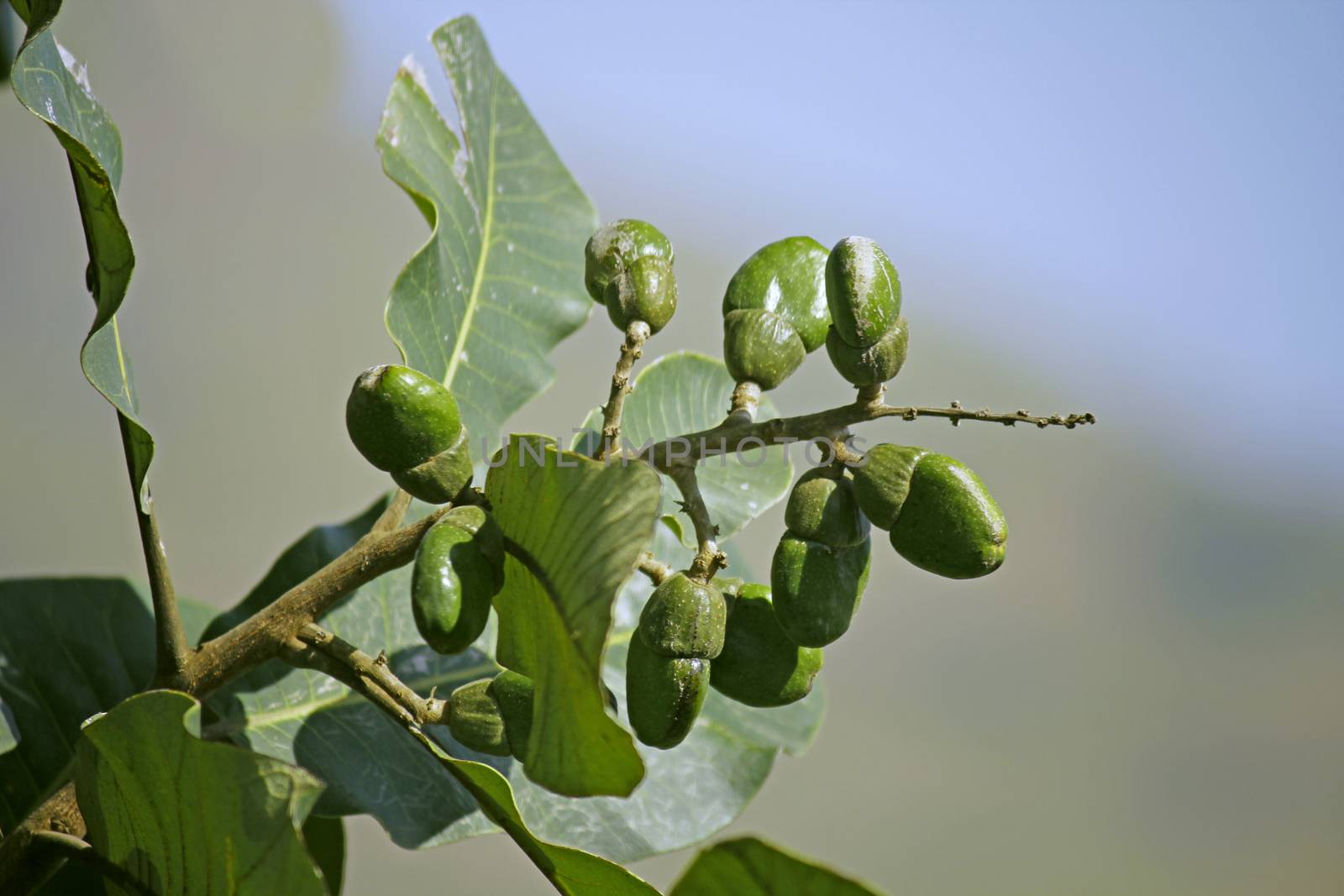
Fruits of Semecarpus anacardium
Stock PhotoUsername
yandsResolution
5184x3456pxFruits of Semecarpus anacardium

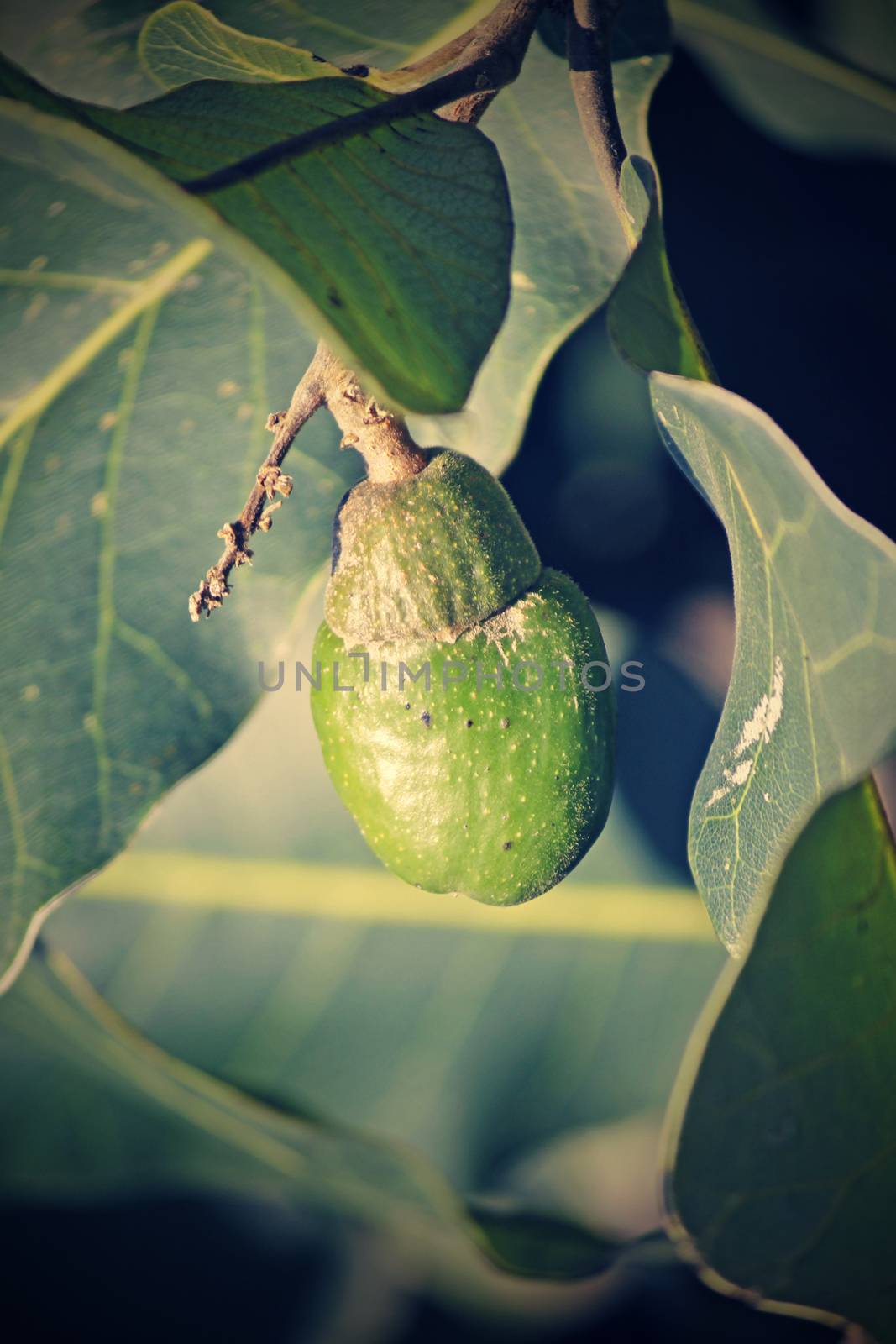
Fruits of Semecarpus anacardium
Stock PhotoUsername
yandsResolution
3456x5184pxFruits of Semecarpus anacardium

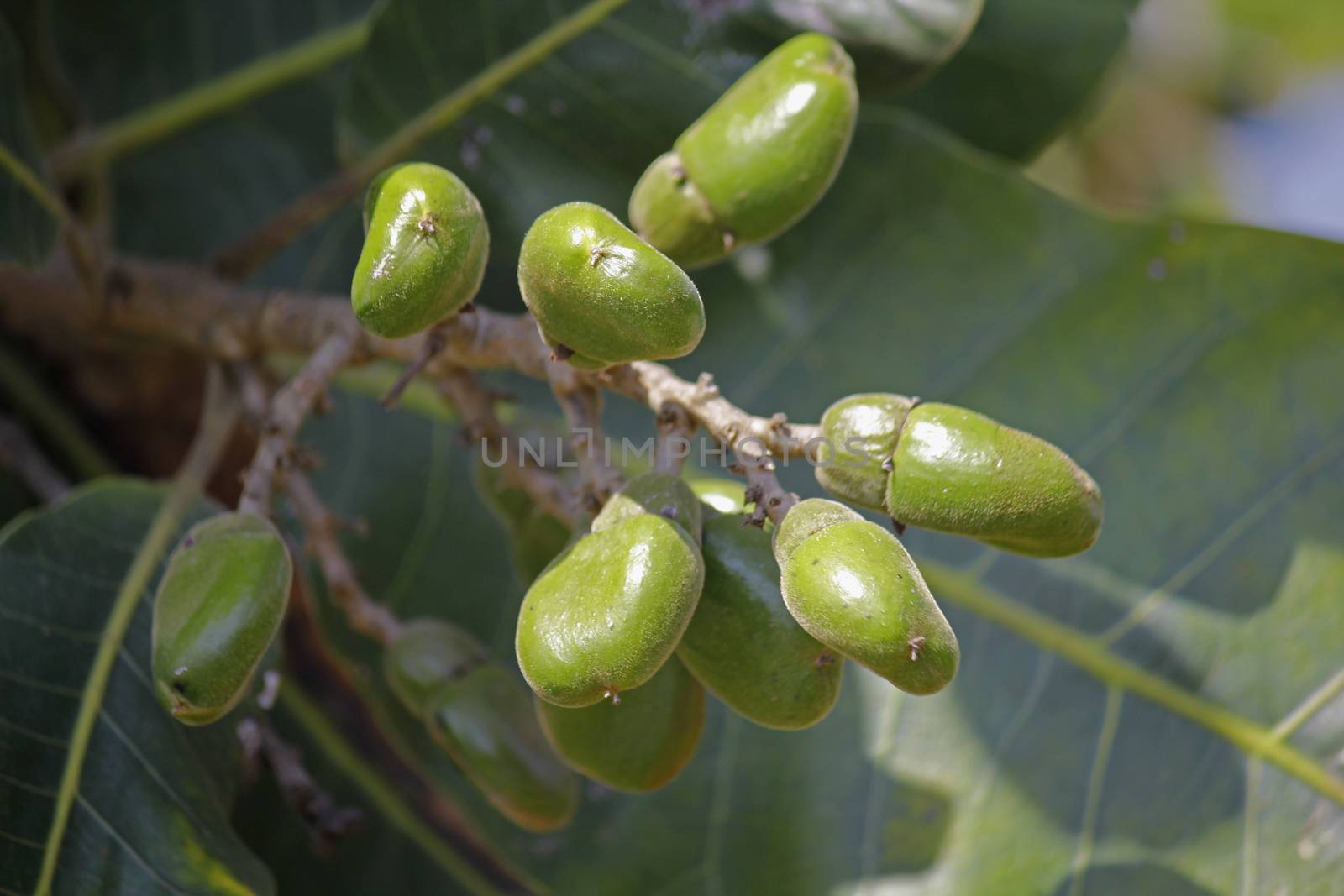
Fruits of Semecarpus anacardium
Stock PhotoUsername
yandsResolution
5184x3456pxFruits of Semecarpus anacardium

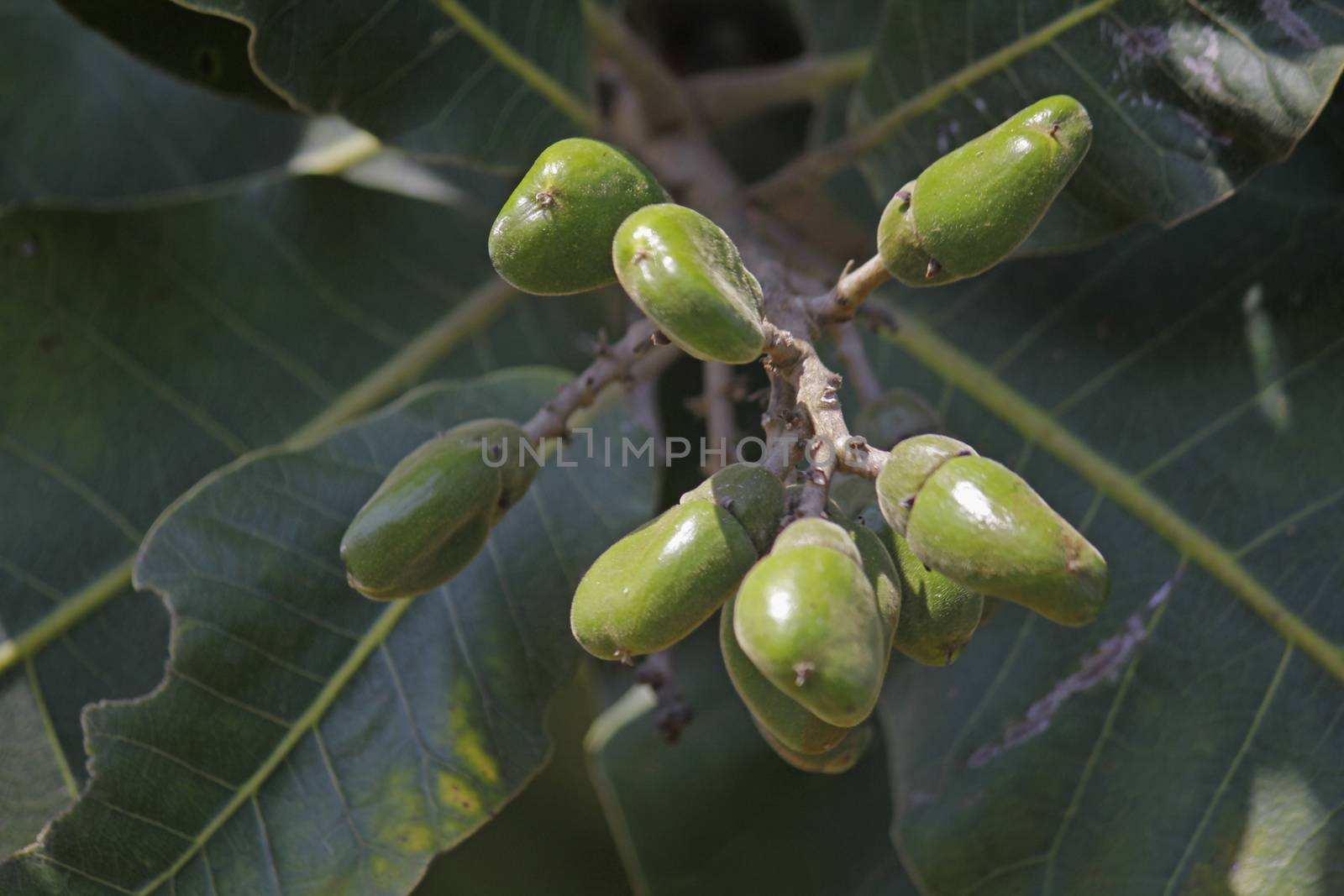
Fruits of Semecarpus anacardium
Stock PhotoUsername
yandsResolution
5184x3456pxFruits of Semecarpus anacardium

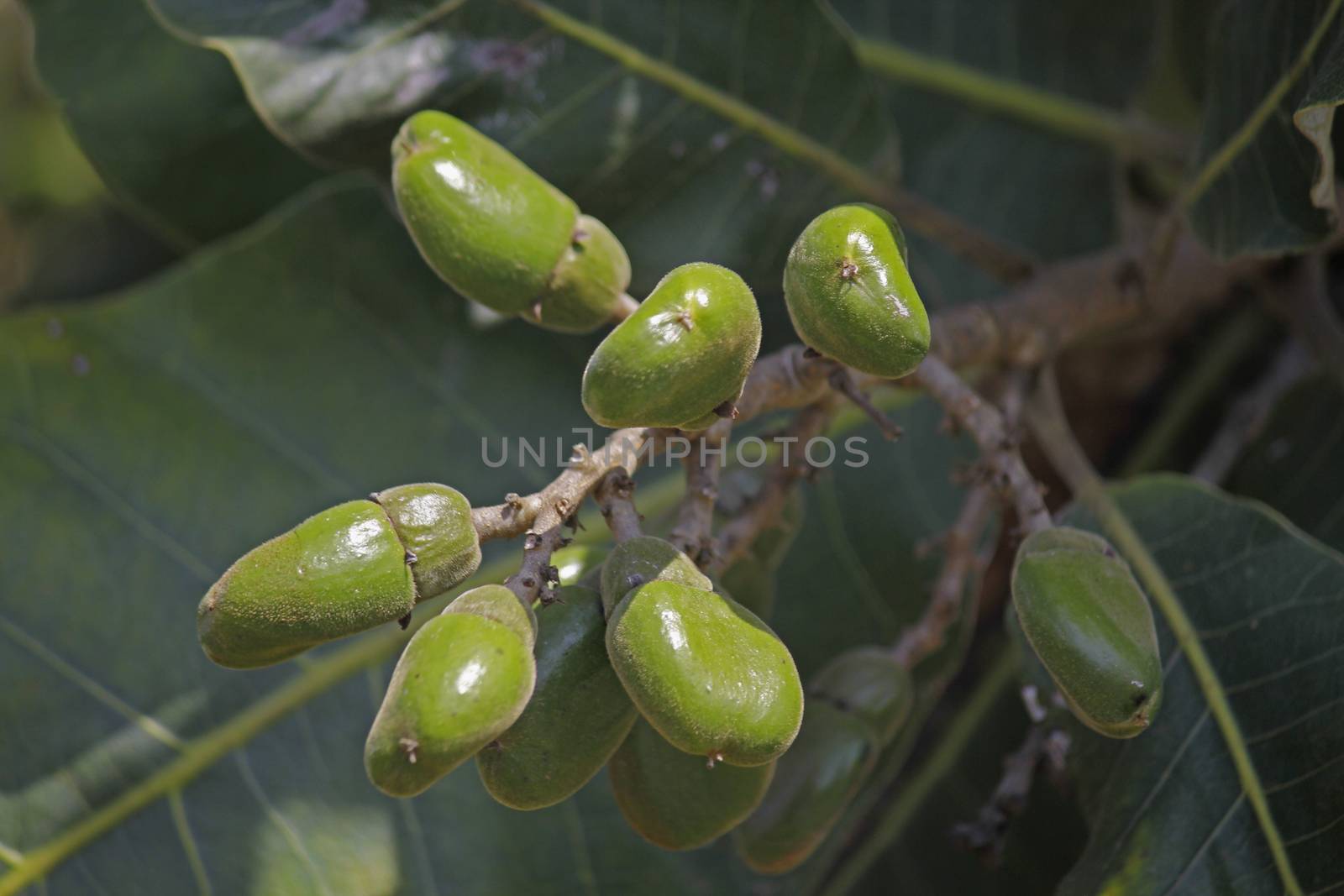
Fruits of Semecarpus anacardium
Stock PhotoUsername
yandsResolution
5184x3456pxFruits of Semecarpus anacardium

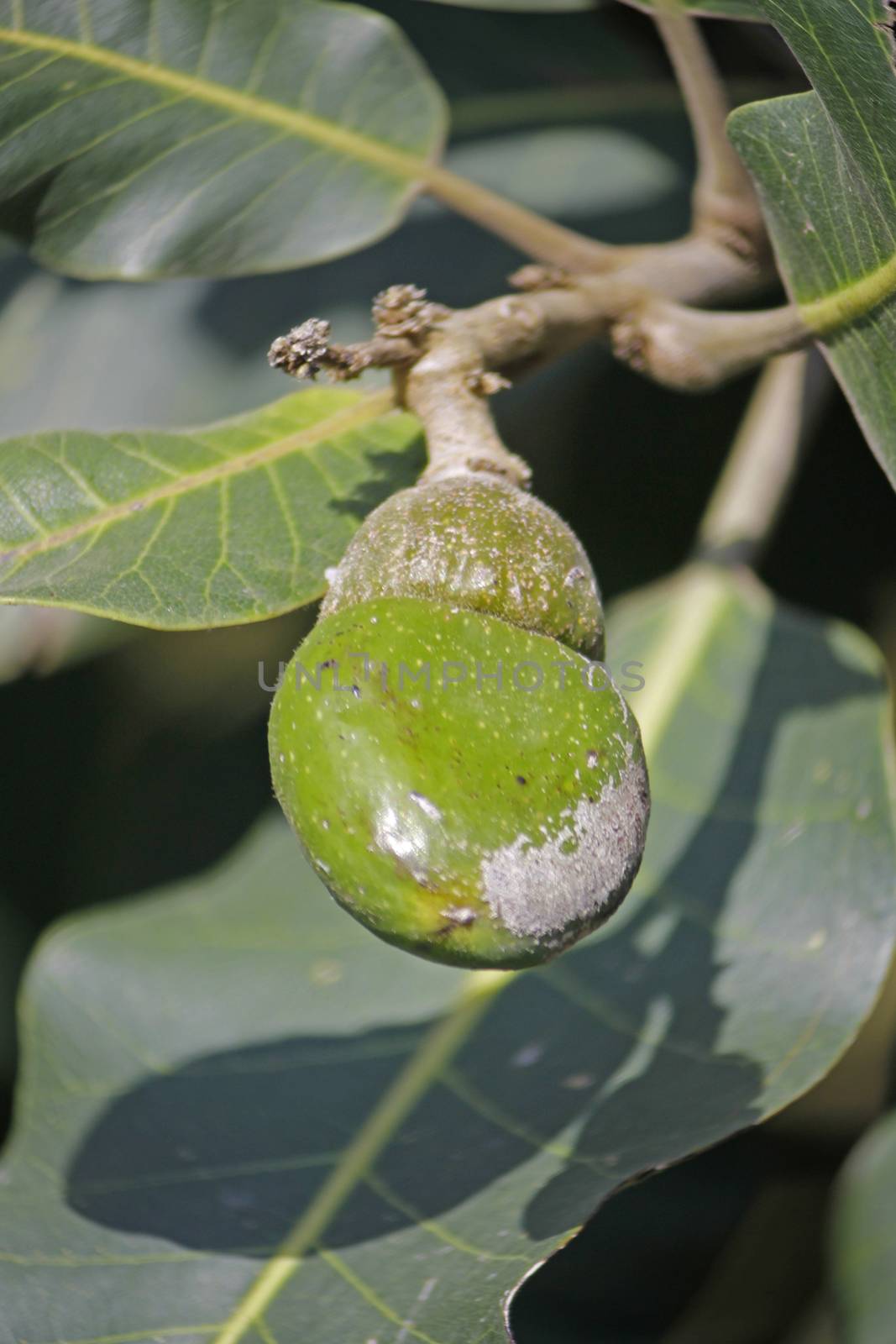
Fruits of Semecarpus anacardium
Stock PhotoUsername
yandsResolution
3456x5184pxFruits of Semecarpus anacardium

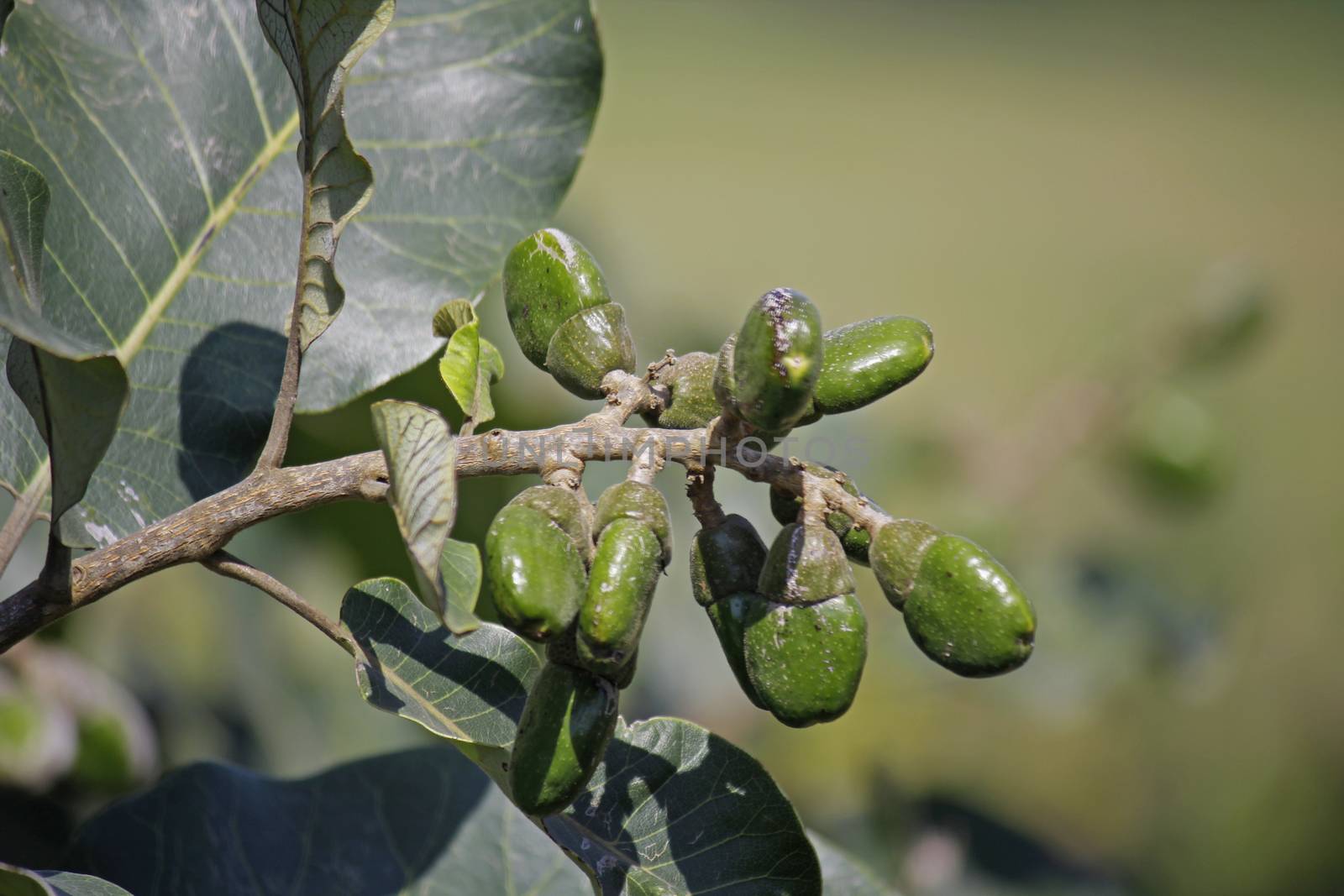
Fruits of Semecarpus anacardium
Stock PhotoUsername
yandsResolution
5184x3456pxFruits of Semecarpus anacardium

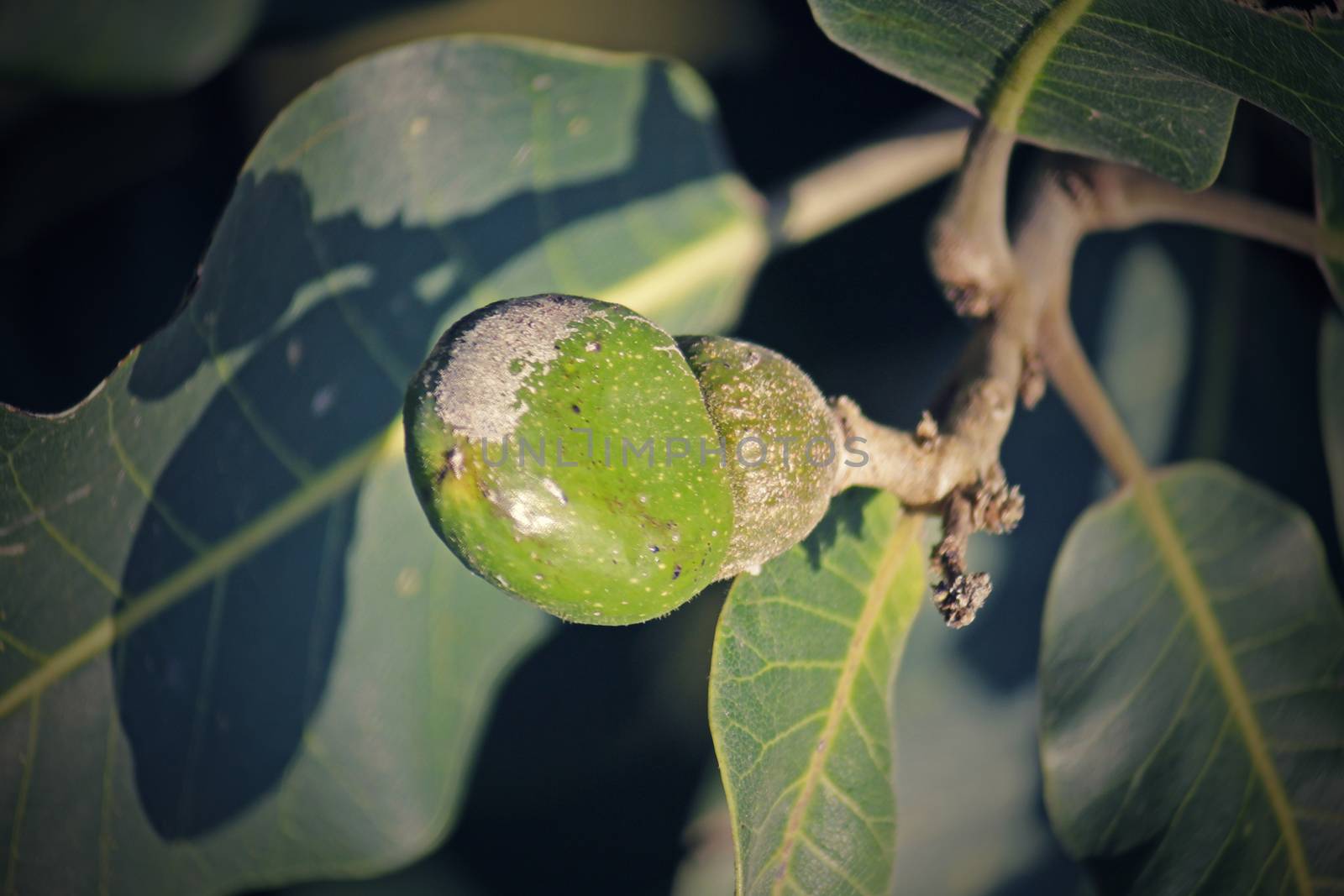
Fruits of Semecarpus anacardium
Stock PhotoUsername
yandsResolution
5184x3456pxFruits of Semecarpus anacardium

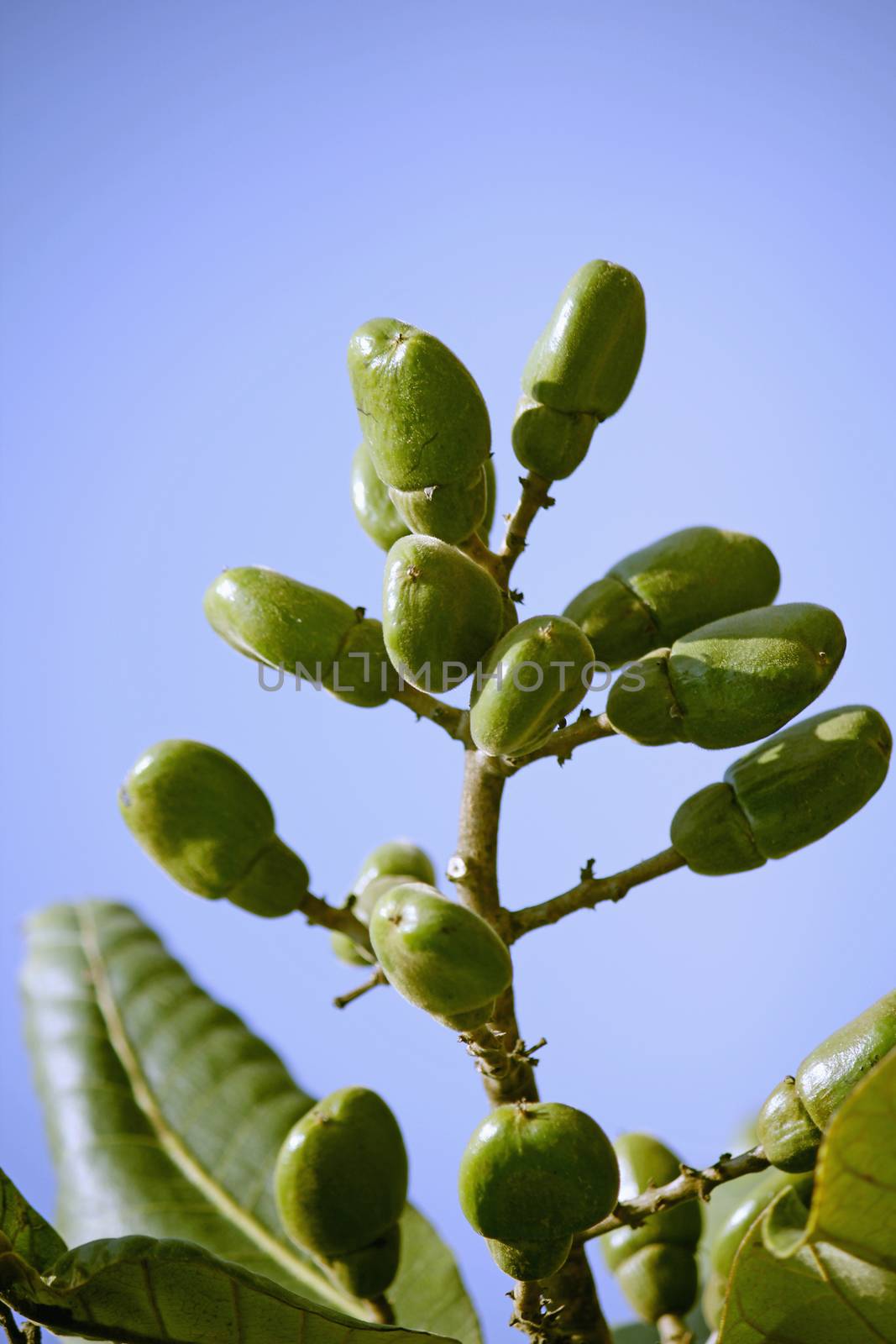
Fruits of Semecarpus anacardium
Stock PhotoUsername
yandsResolution
3456x5184pxFruits of Semecarpus anacardium

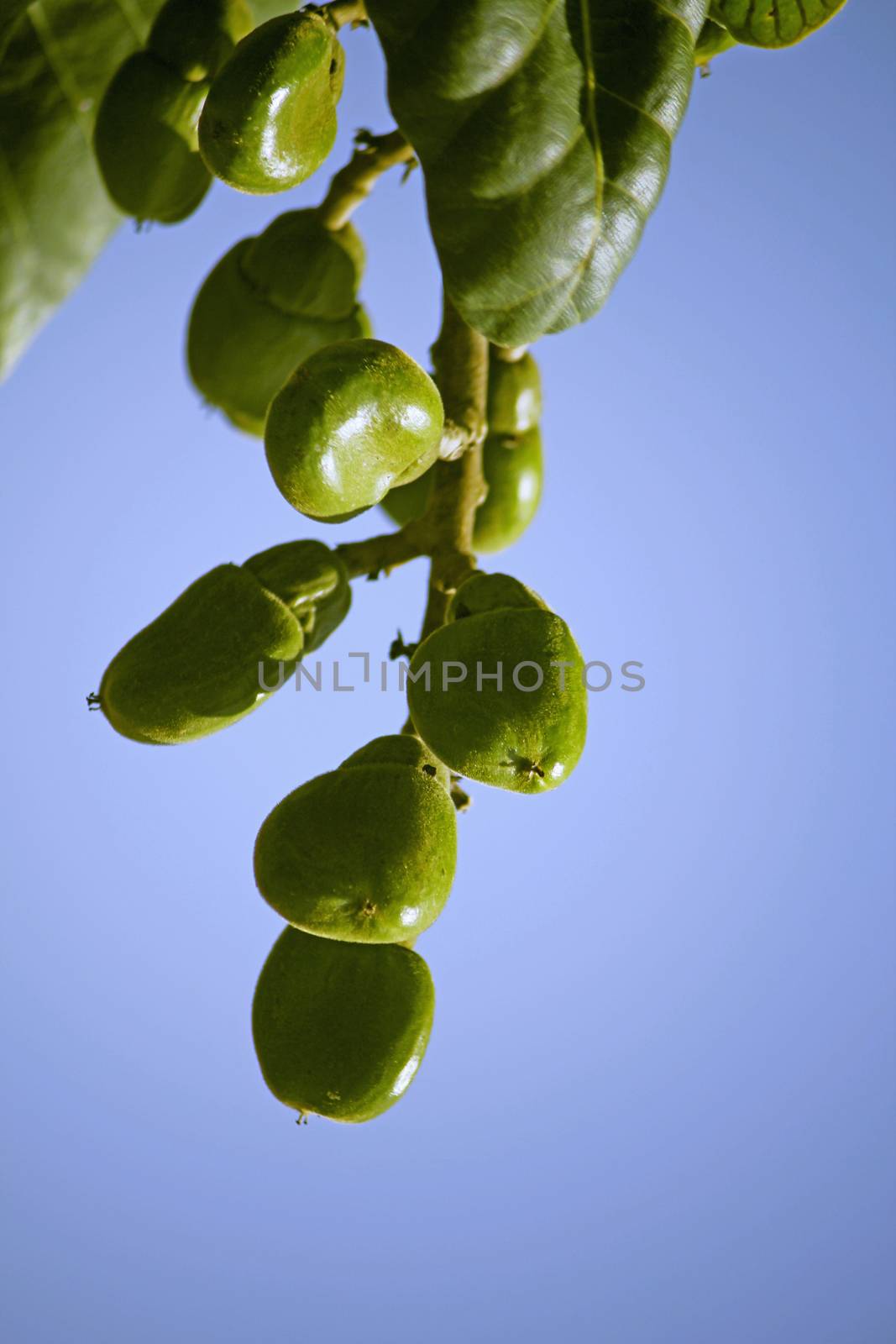
Fruits of Semecarpus anacardium
Stock PhotoUsername
yandsResolution
3456x5184pxFruits of Semecarpus anacardium

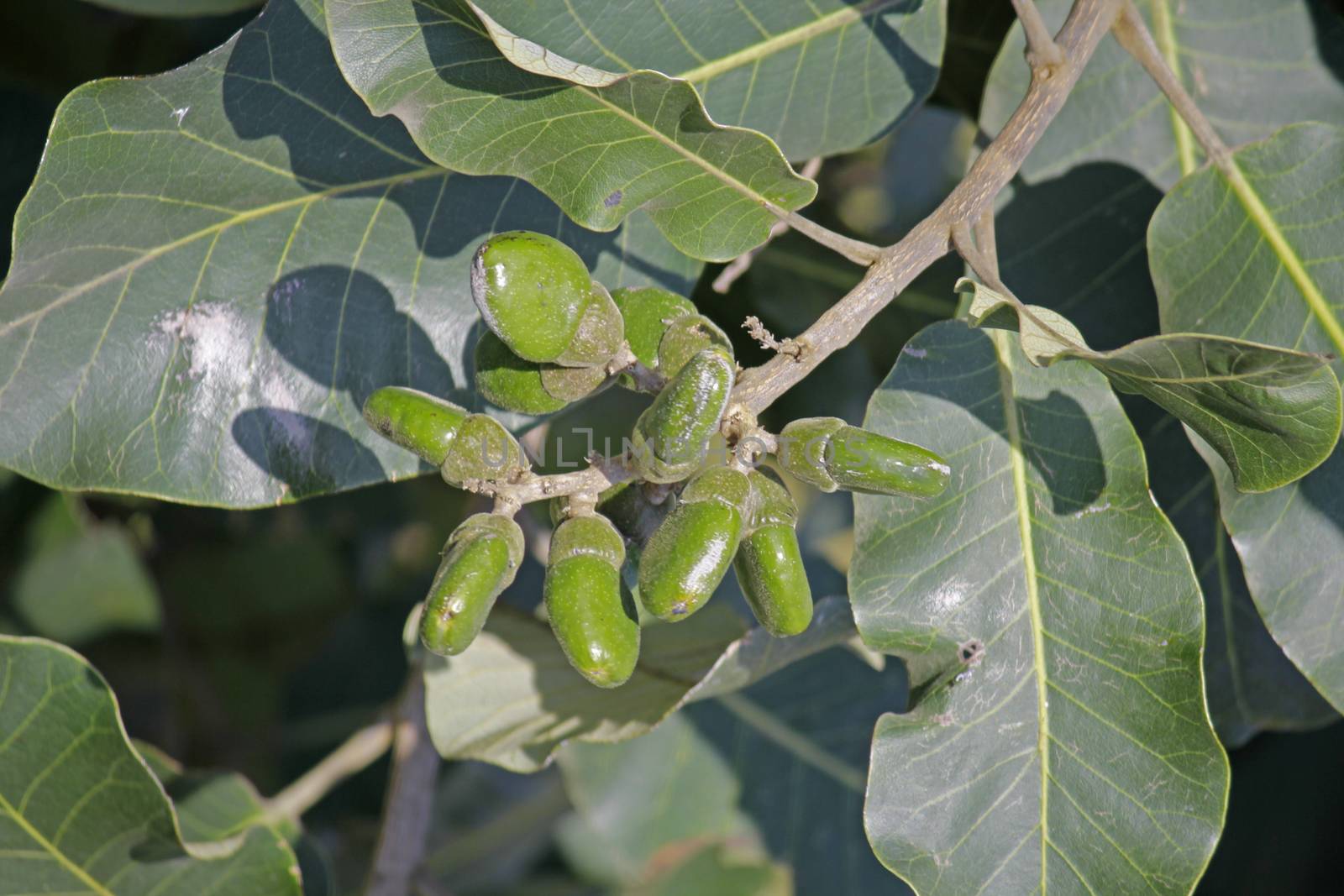
Fruits of Semecarpus anacardium
Stock PhotoUsername
yandsResolution
5184x3456pxFruits of Semecarpus anacardium

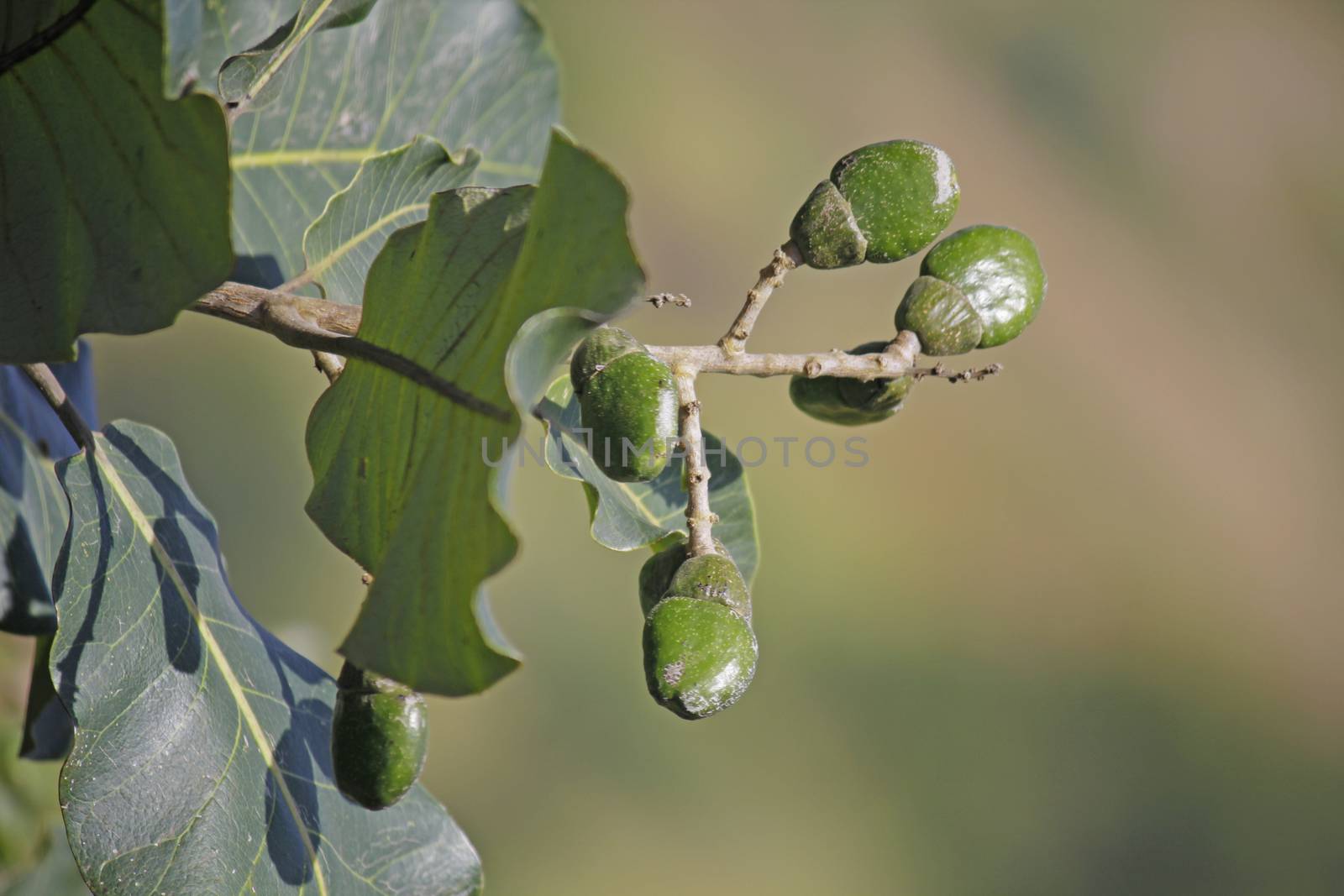
Fruits of Semecarpus anacardium
Stock PhotoUsername
yandsResolution
5184x3456pxFruits of Semecarpus anacardium

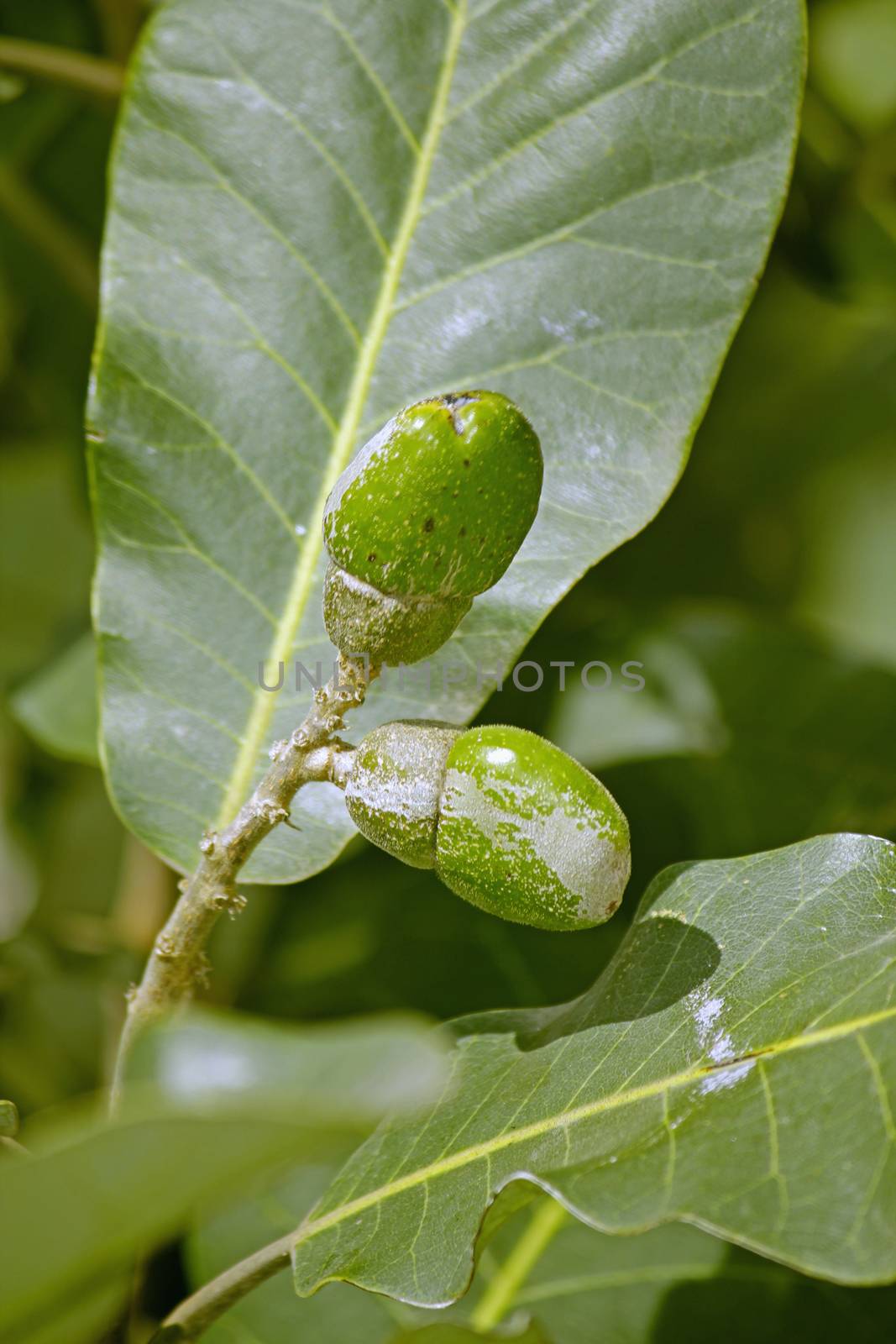
Fruits of Semecarpus anacardium
Stock PhotoUsername
yandsResolution
3456x5184pxFruits of Semecarpus anacardium

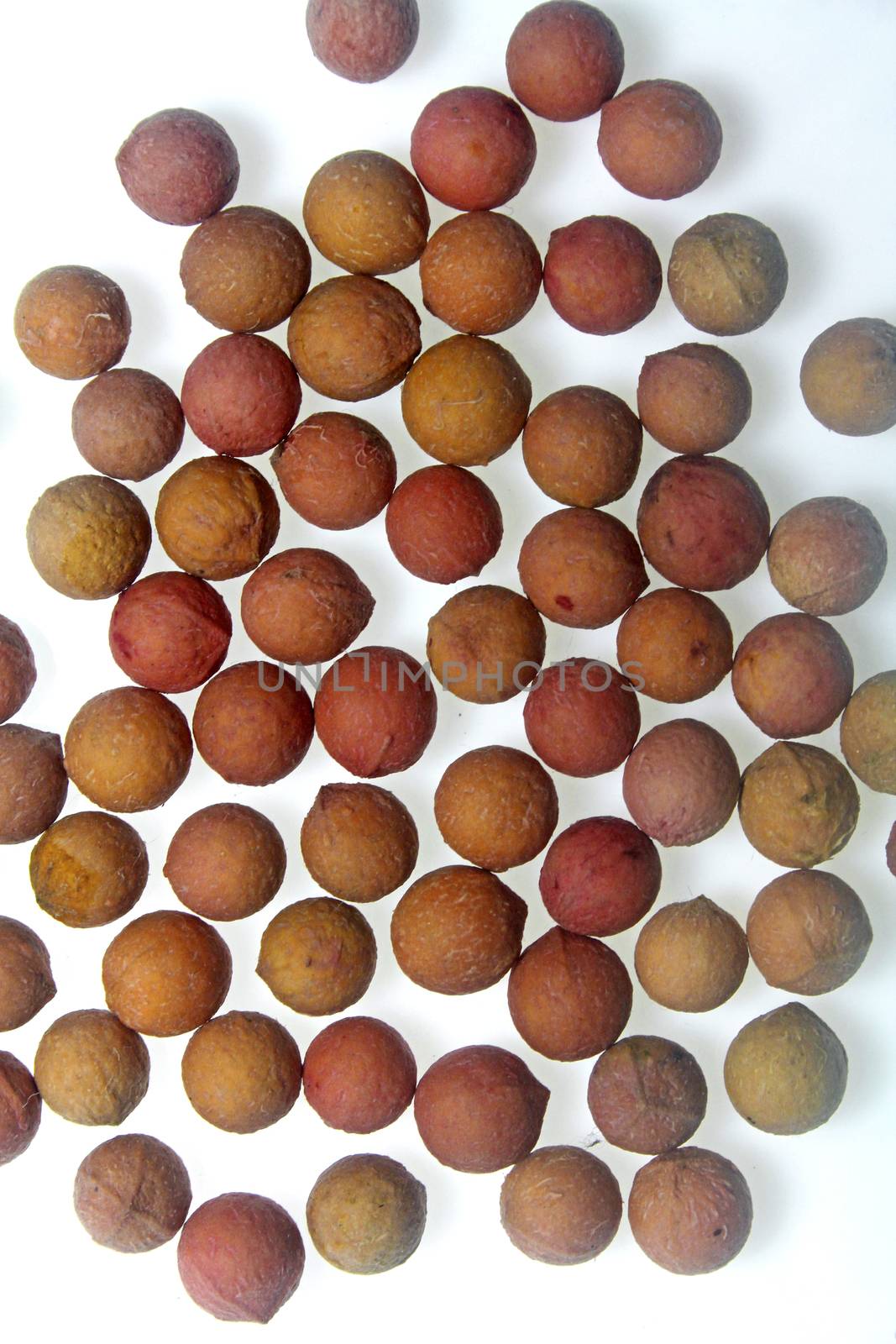
Seeds of sandalwood tree, Santalum spicatum
Stock PhotoUsername
yandsResolution
3456x5184pxSeeds of sandalwood tree, Santalum spicatum

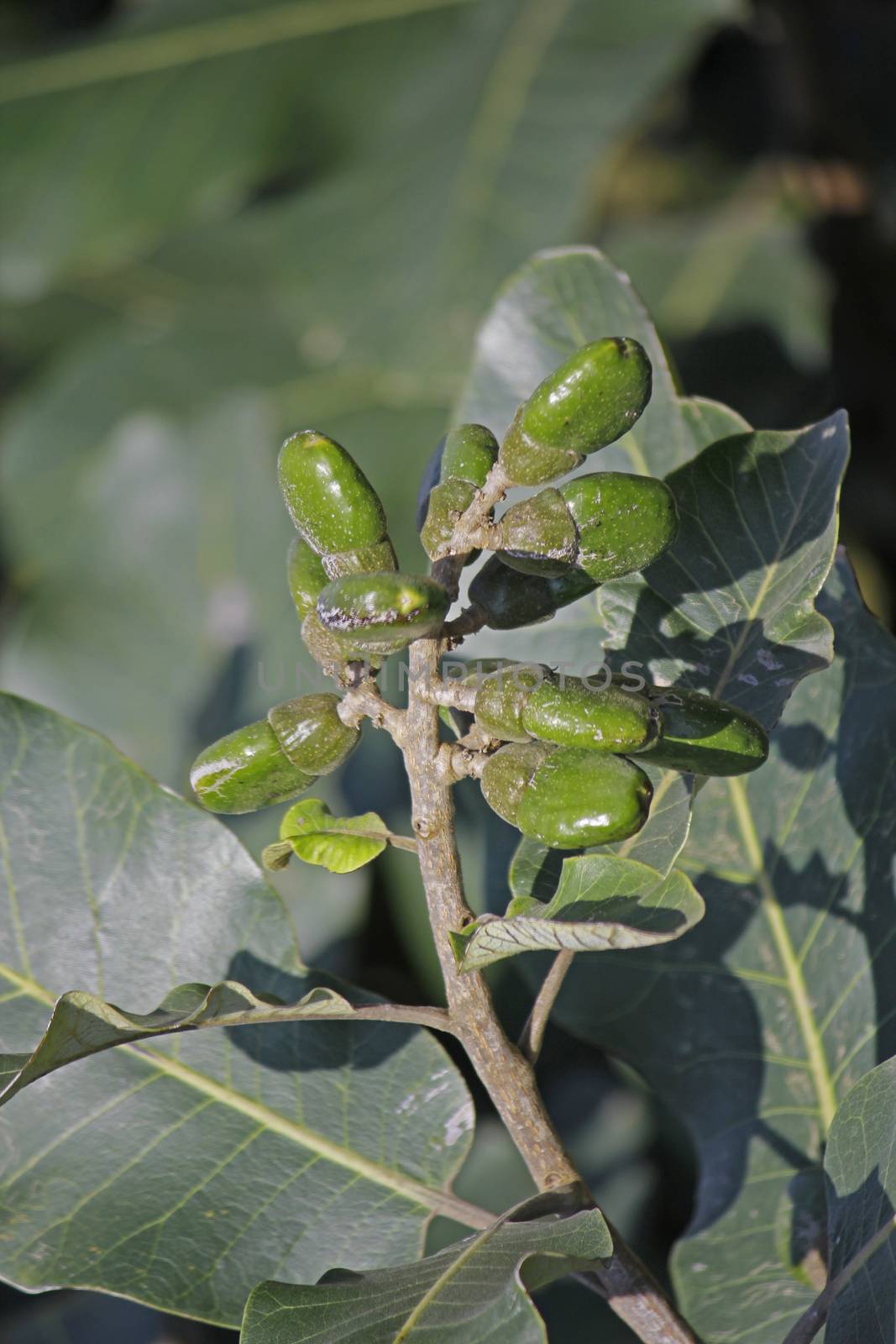
Fruits of Semecarpus anacardium
Stock PhotoUsername
yandsResolution
3456x5184pxFruits of Semecarpus anacardium

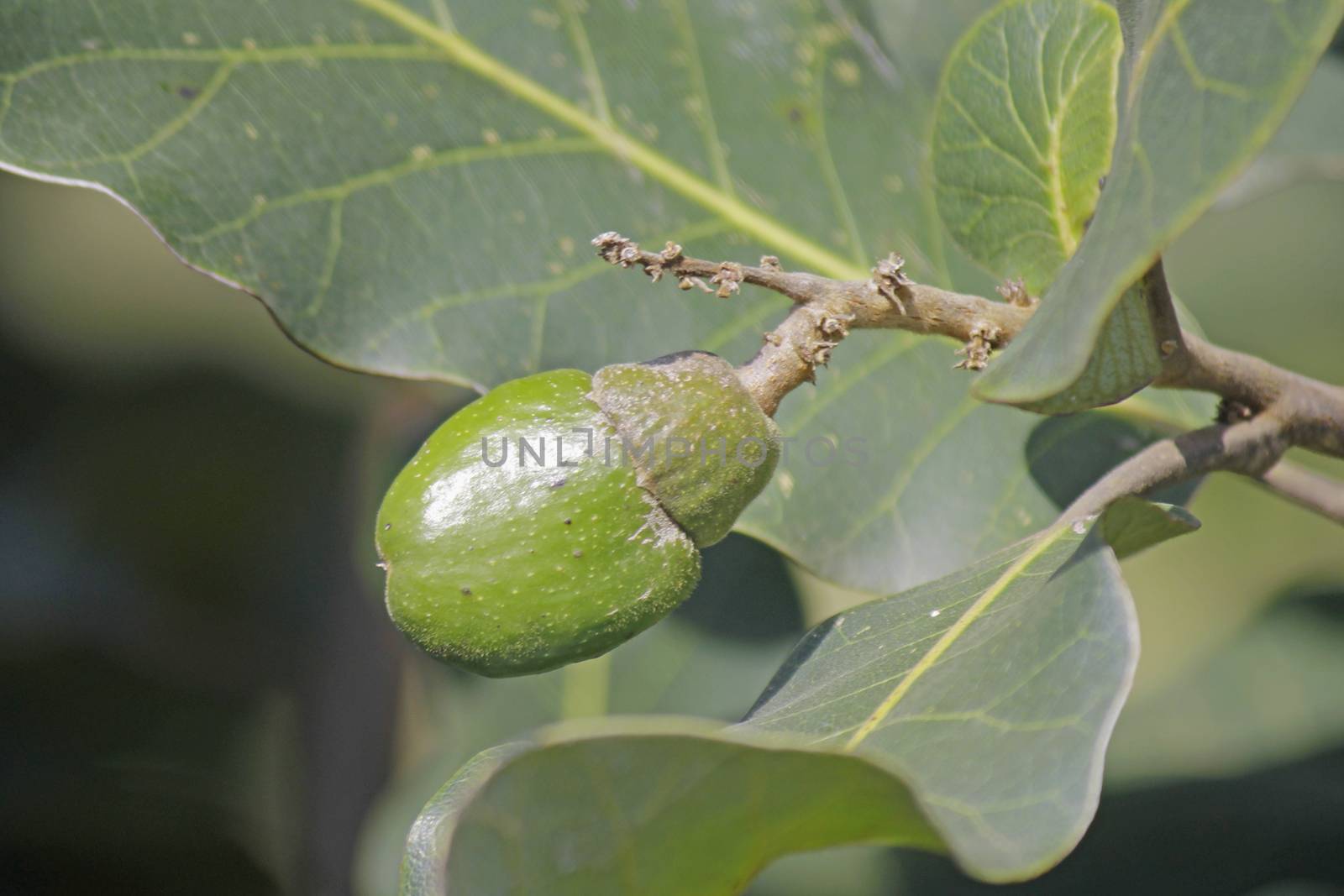
Fruits of Semecarpus anacardium
Stock PhotoUsername
yandsResolution
5184x3456pxFruits of Semecarpus anacardium

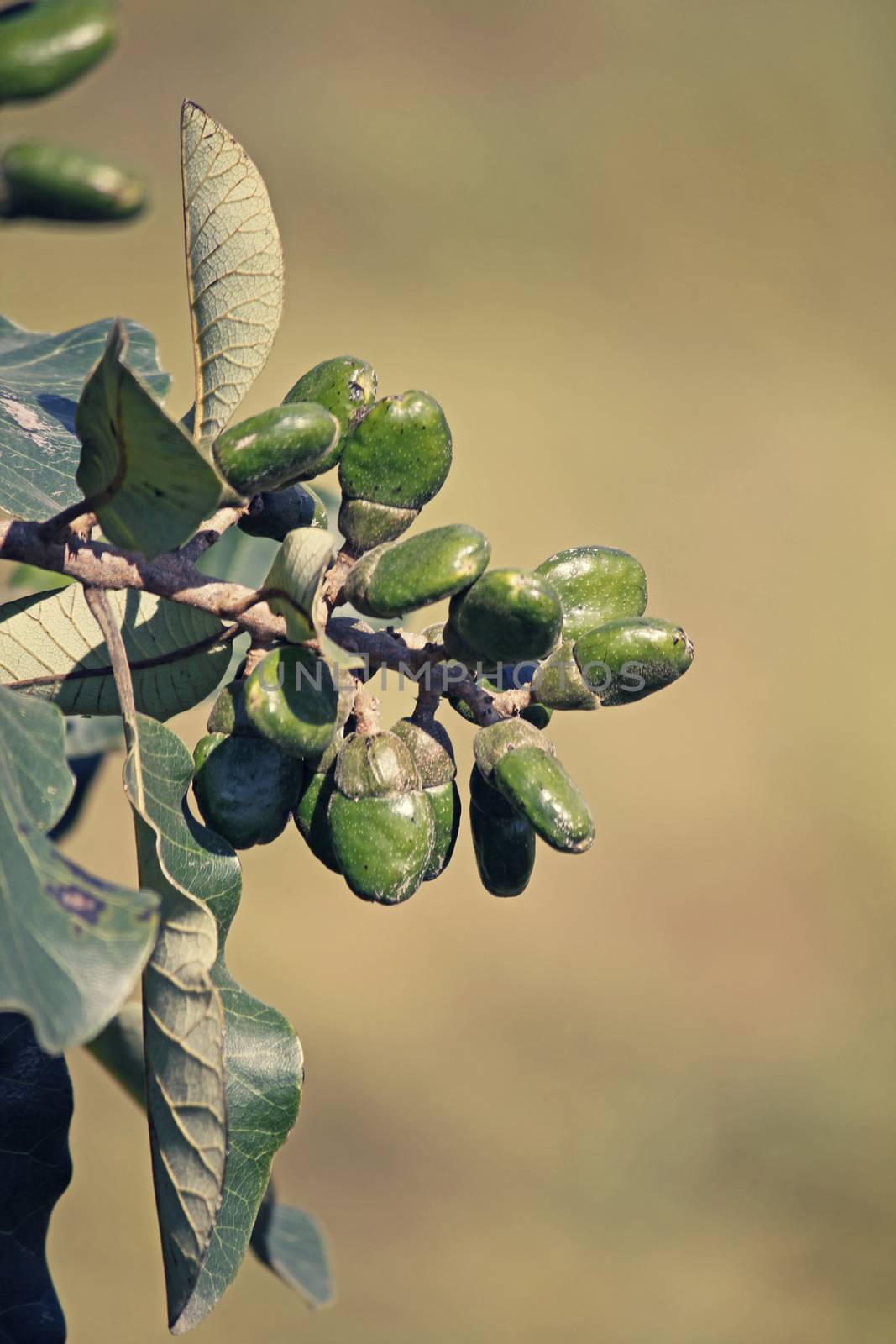
Fruits of Semecarpus anacardium
Stock PhotoUsername
yandsResolution
3456x5184pxFruits of Semecarpus anacardium

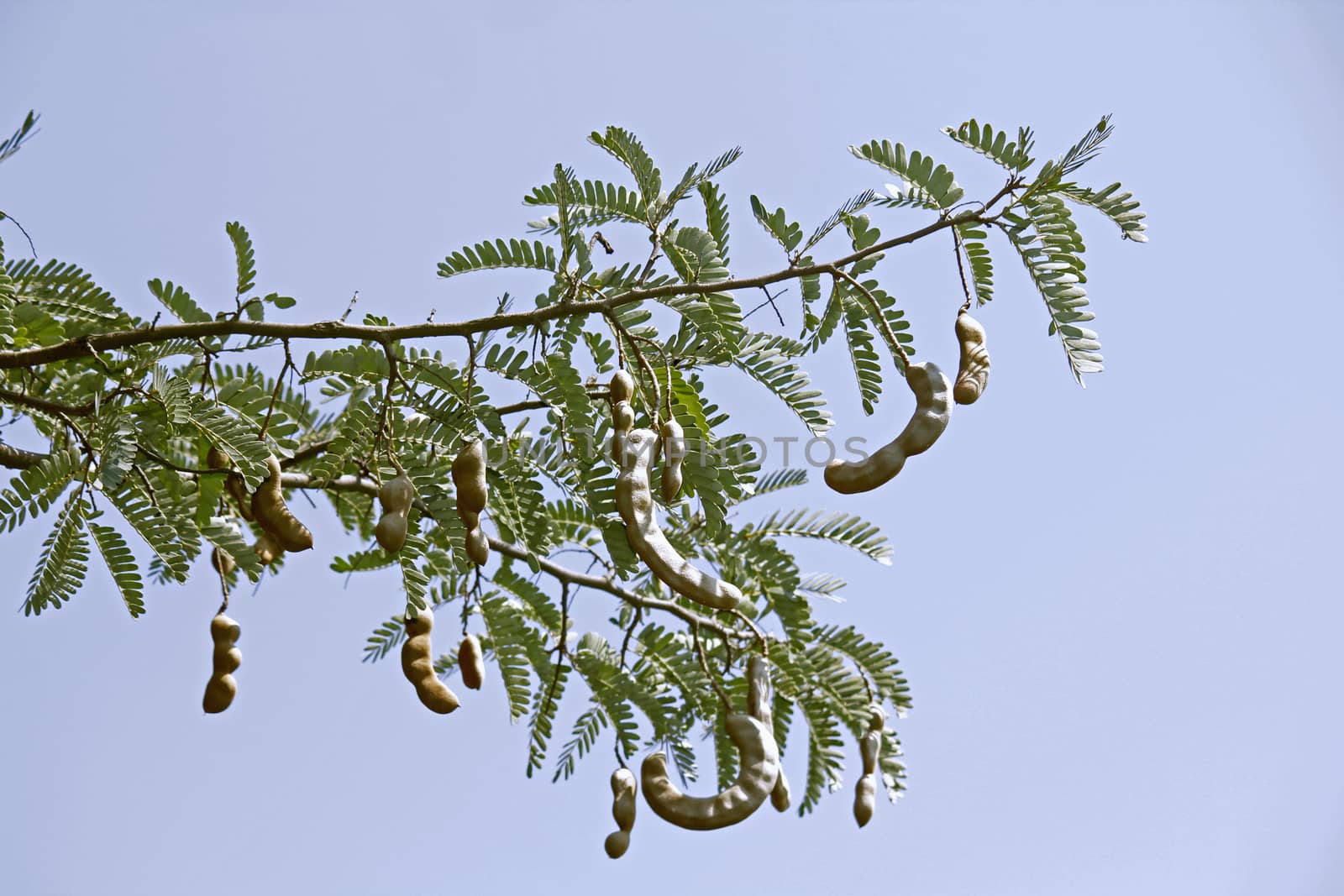
Tamarind, Tamarindus indica
Stock PhotoUsername
yandsResolution
5184x3456pxTamarind, Tamarindus indica

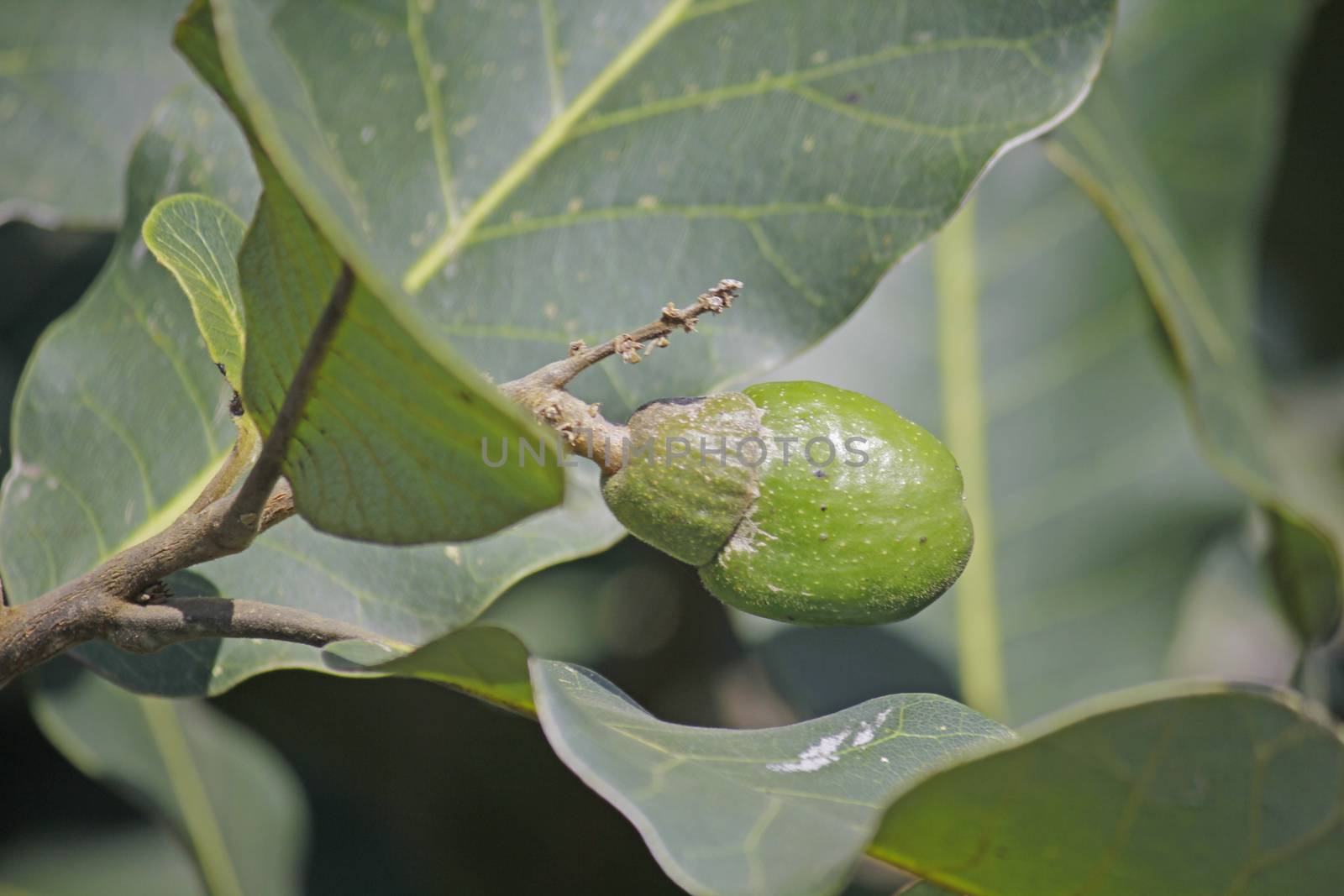
Fruits of Semecarpus anacardium
Stock PhotoUsername
yandsResolution
5184x3456pxFruits of Semecarpus anacardium

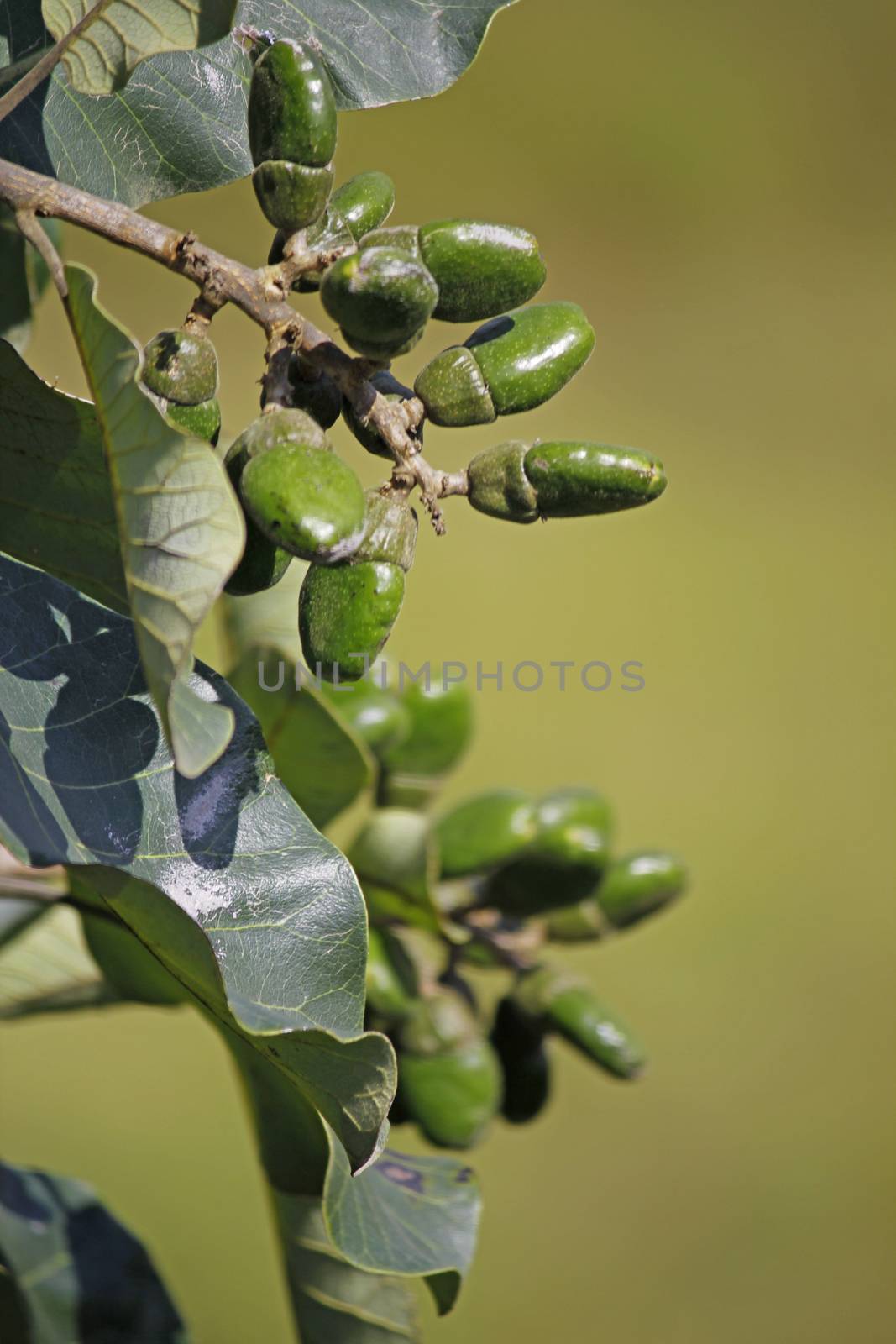
Fruits of Semecarpus anacardium
Stock PhotoUsername
yandsResolution
3456x5184pxFruits of Semecarpus anacardium

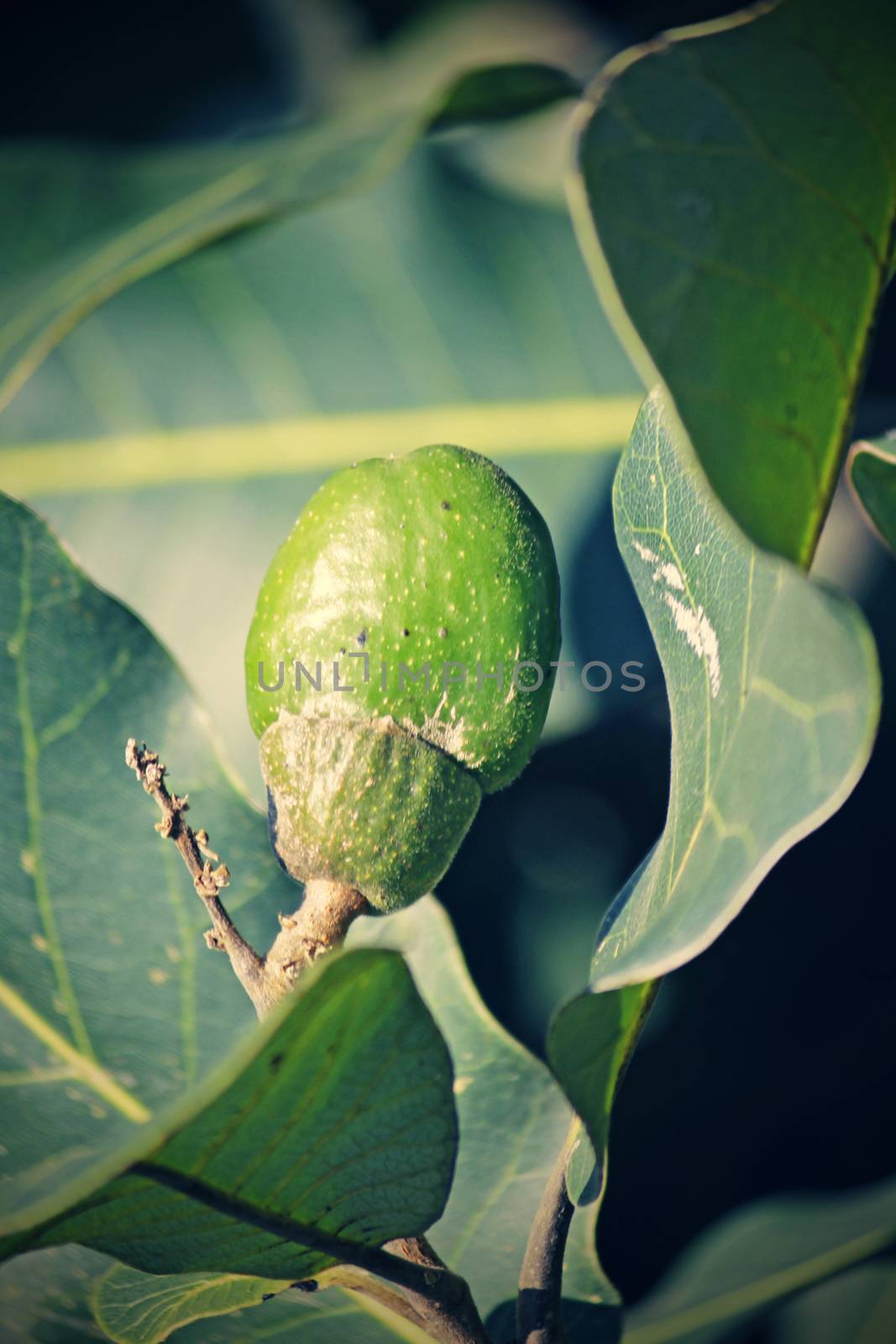
Fruits of Semecarpus anacardium
Stock PhotoUsername
yandsResolution
3456x5184pxFruits of Semecarpus anacardium

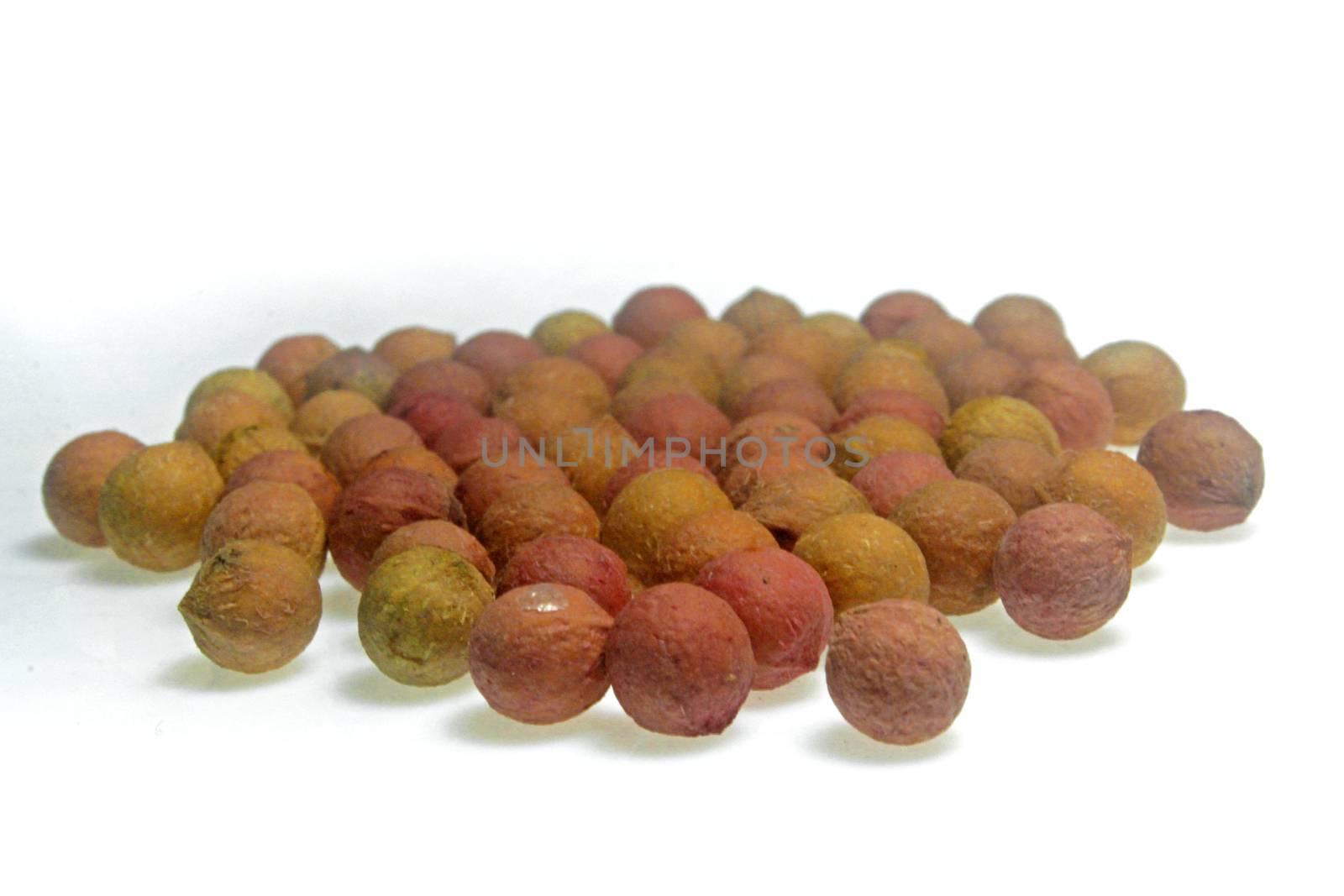
Seeds of sandalwood tree, Santalum spicatum
Stock PhotoUsername
yandsResolution
5184x3456pxSeeds of sandalwood tree, Santalum spicatum

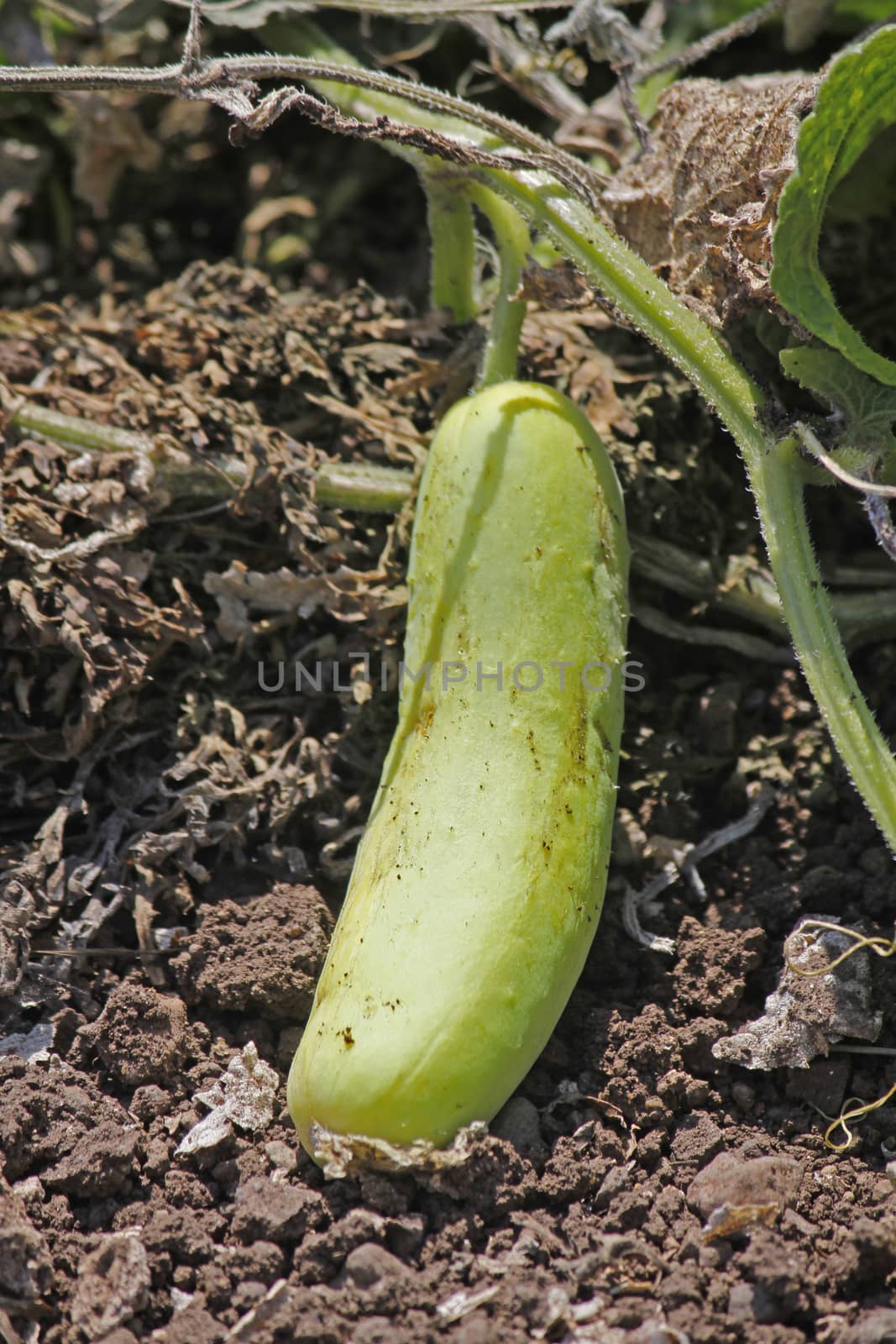
Cucumber, Cucumis sativus
Stock PhotoUsername
yandsResolution
3456x5184pxCucumber, Cucumis sativus

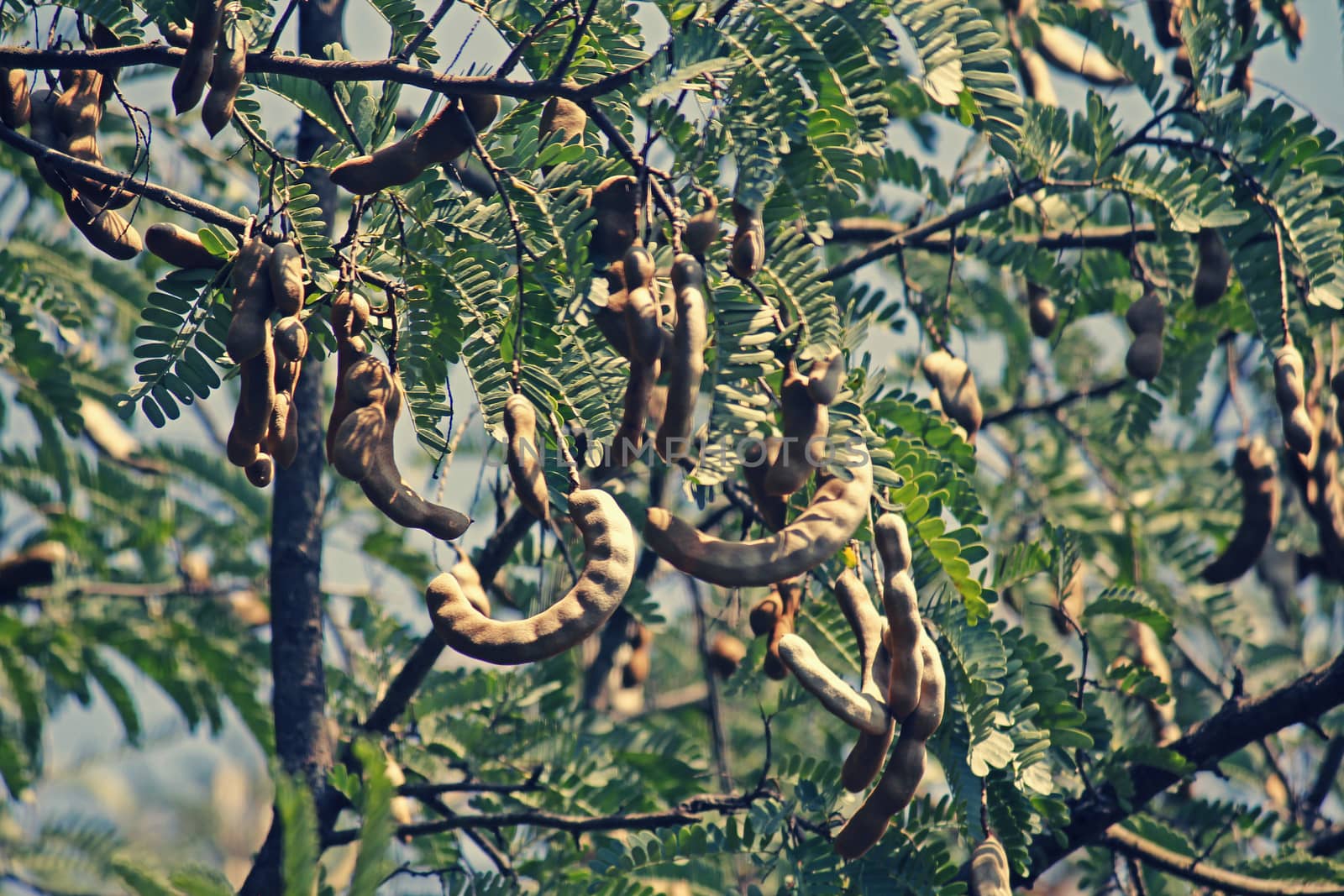
Tamarind, Tamarindus indica
Stock PhotoUsername
yandsResolution
5184x3456pxTamarind, Tamarindus indica

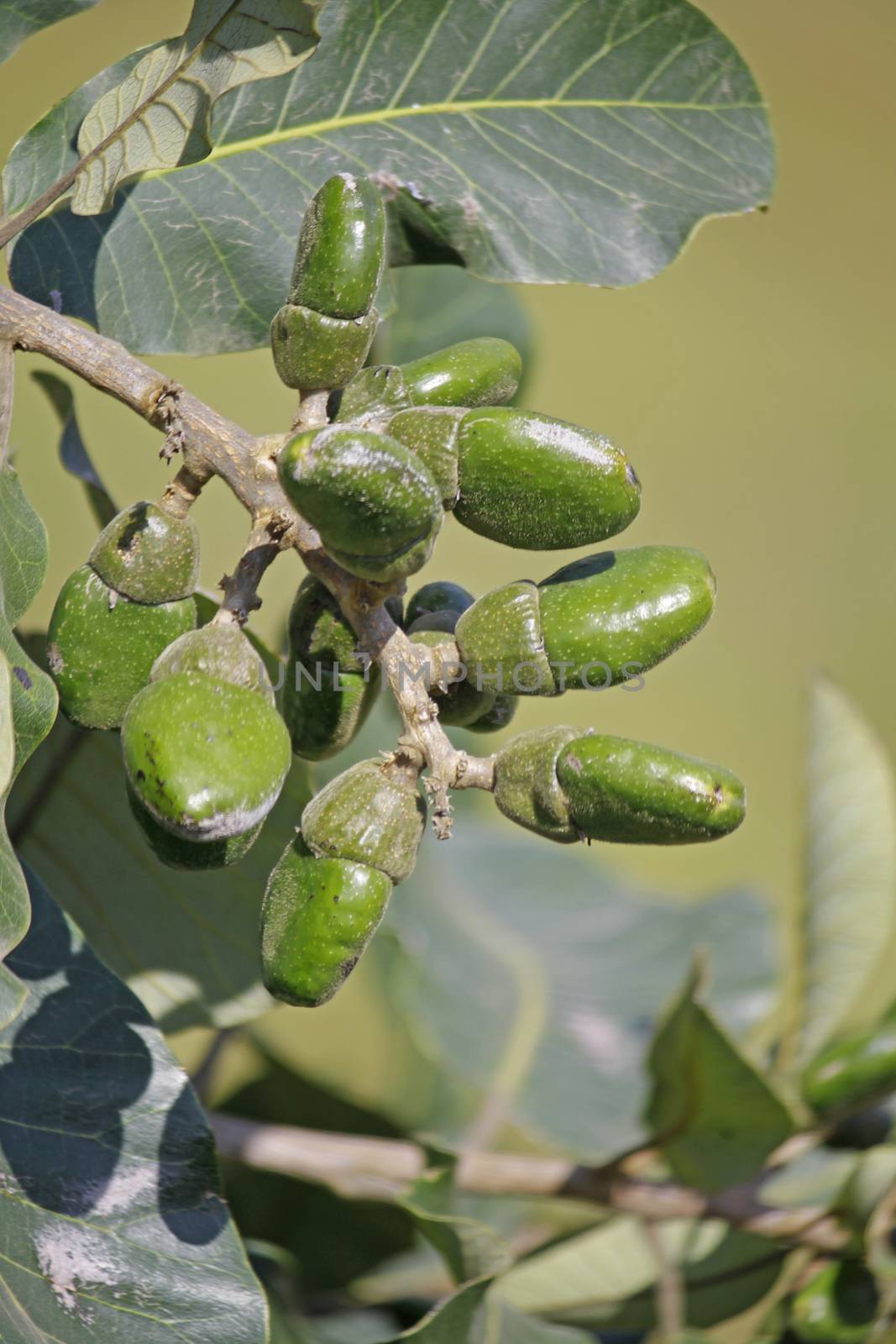
Fruits of Semecarpus anacardium
Stock PhotoUsername
yandsResolution
3456x5184pxFruits of Semecarpus anacardium

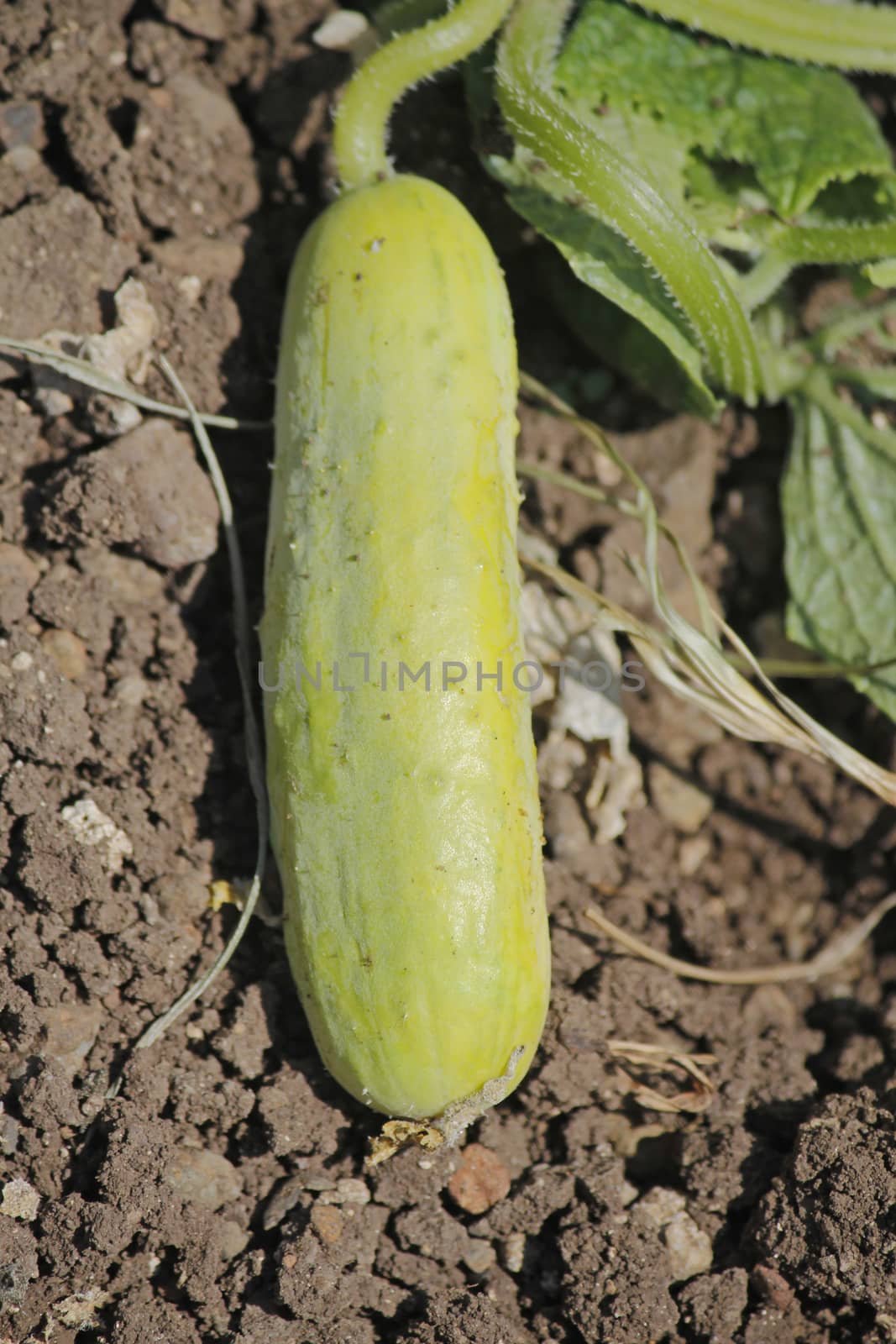
Cucumber, Cucumis sativus
Stock PhotoUsername
yandsResolution
3456x5184pxCucumber, Cucumis sativus

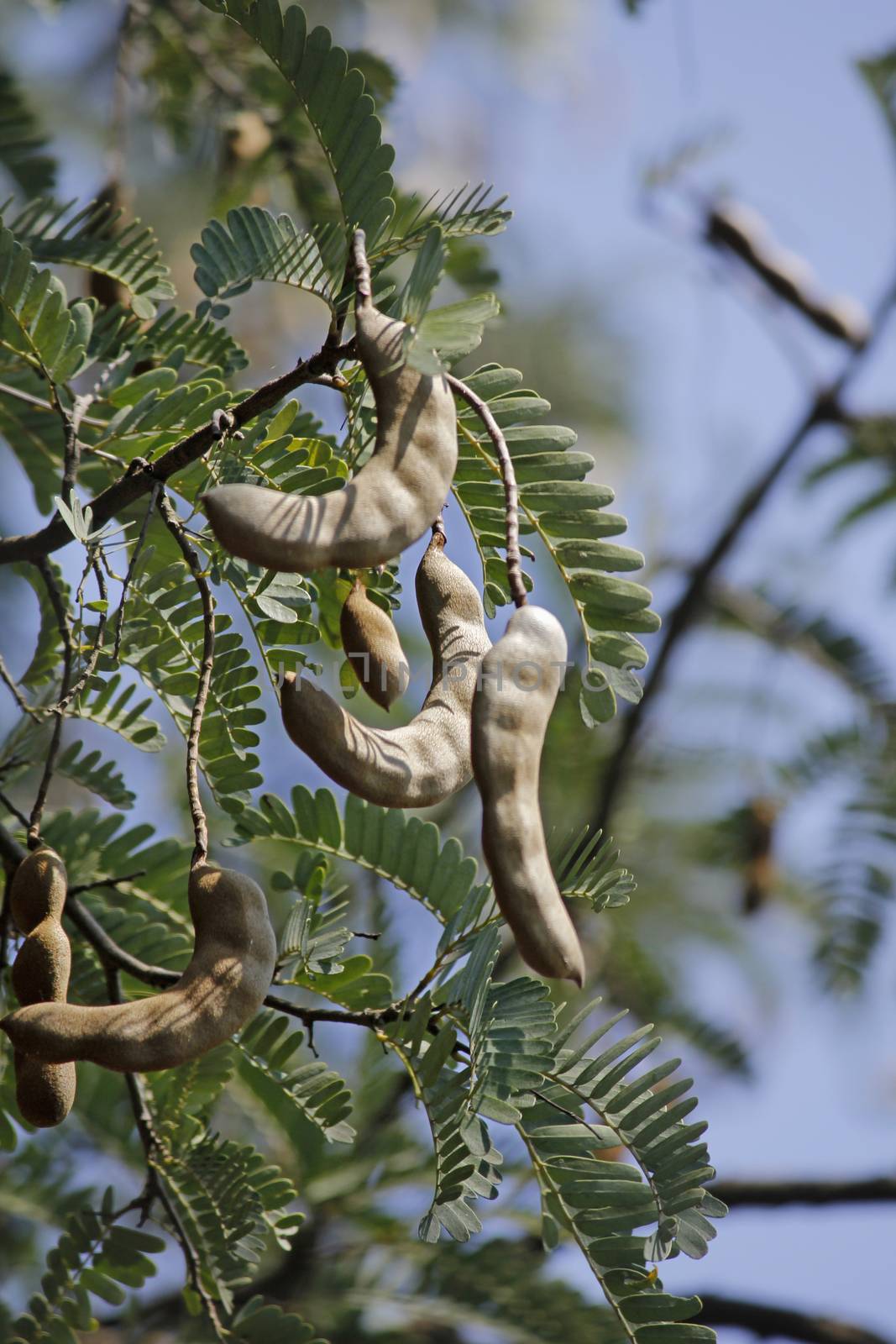
Tamarind, Tamarindus indica
Stock PhotoUsername
yandsResolution
3456x5184pxTamarind, Tamarindus indica

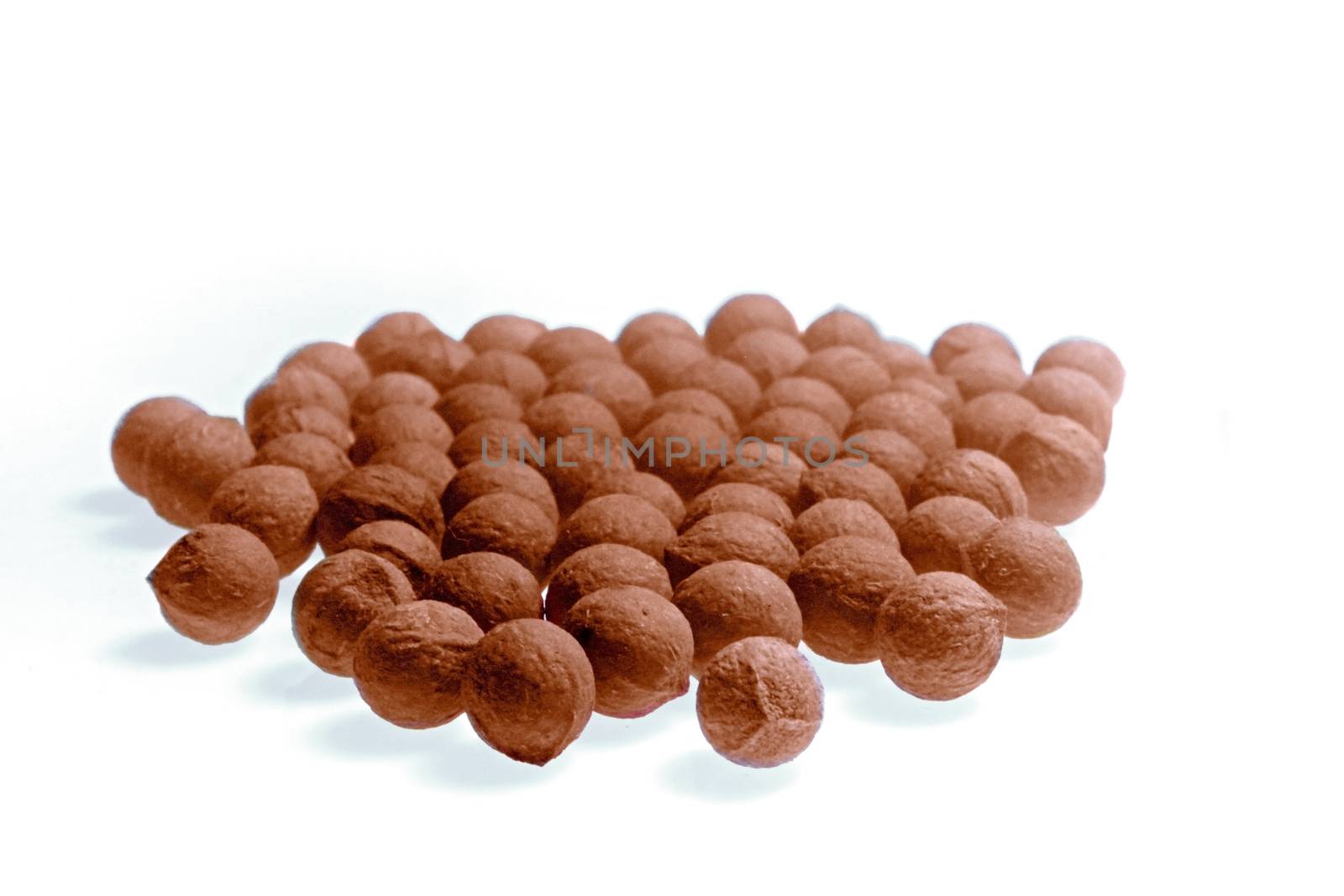
Seeds of sandalwood tree, Santalum spicatum
Stock PhotoUsername
yandsResolution
5184x3456pxSeeds of sandalwood tree, Santalum spicatum

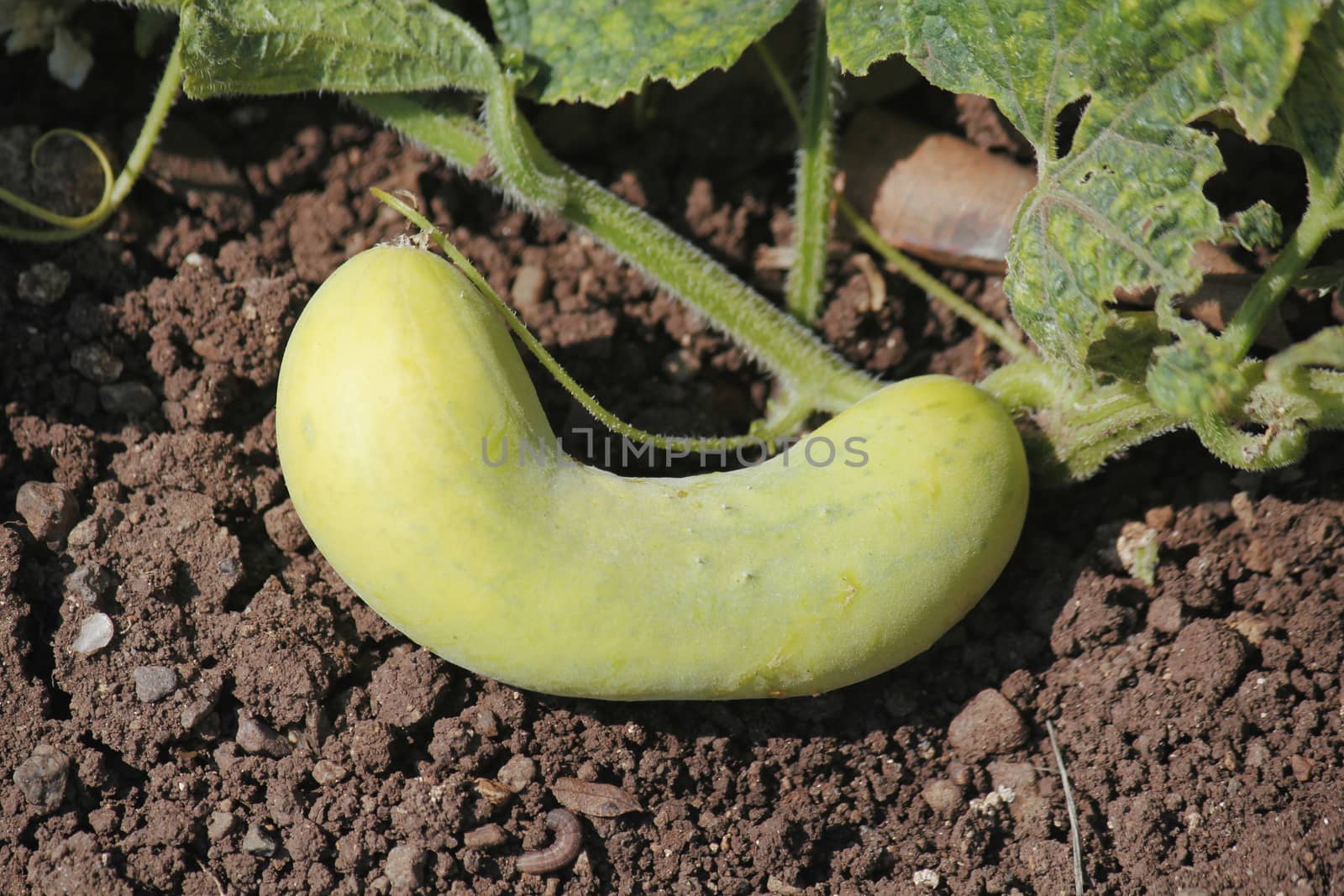
Cucumber, Cucumis sativus
Stock PhotoUsername
yandsResolution
5184x3456pxCucumber, Cucumis sativus

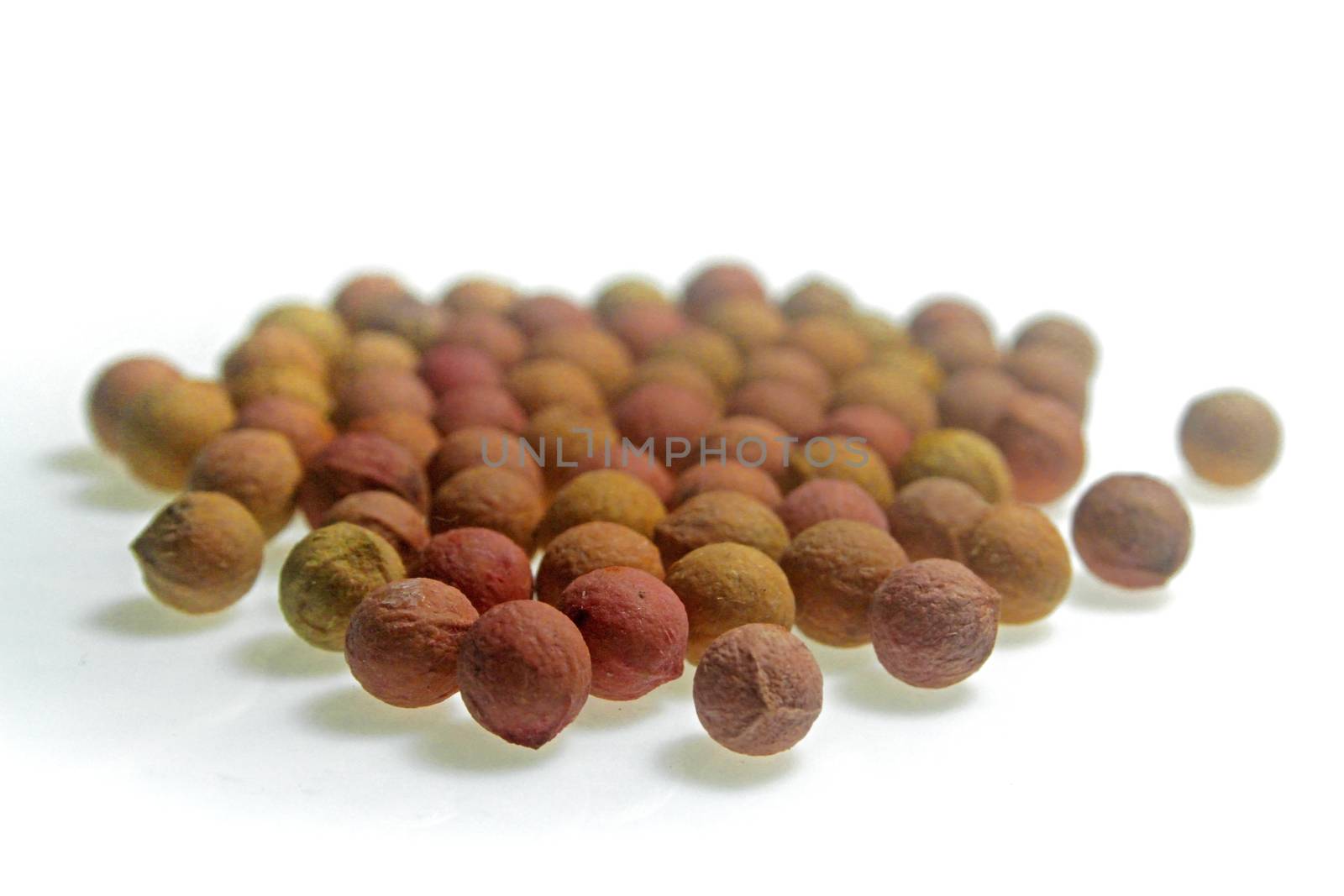
Seeds of sandalwood tree, Santalum spicatum
Stock PhotoUsername
yandsResolution
5184x3456pxSeeds of sandalwood tree, Santalum spicatum

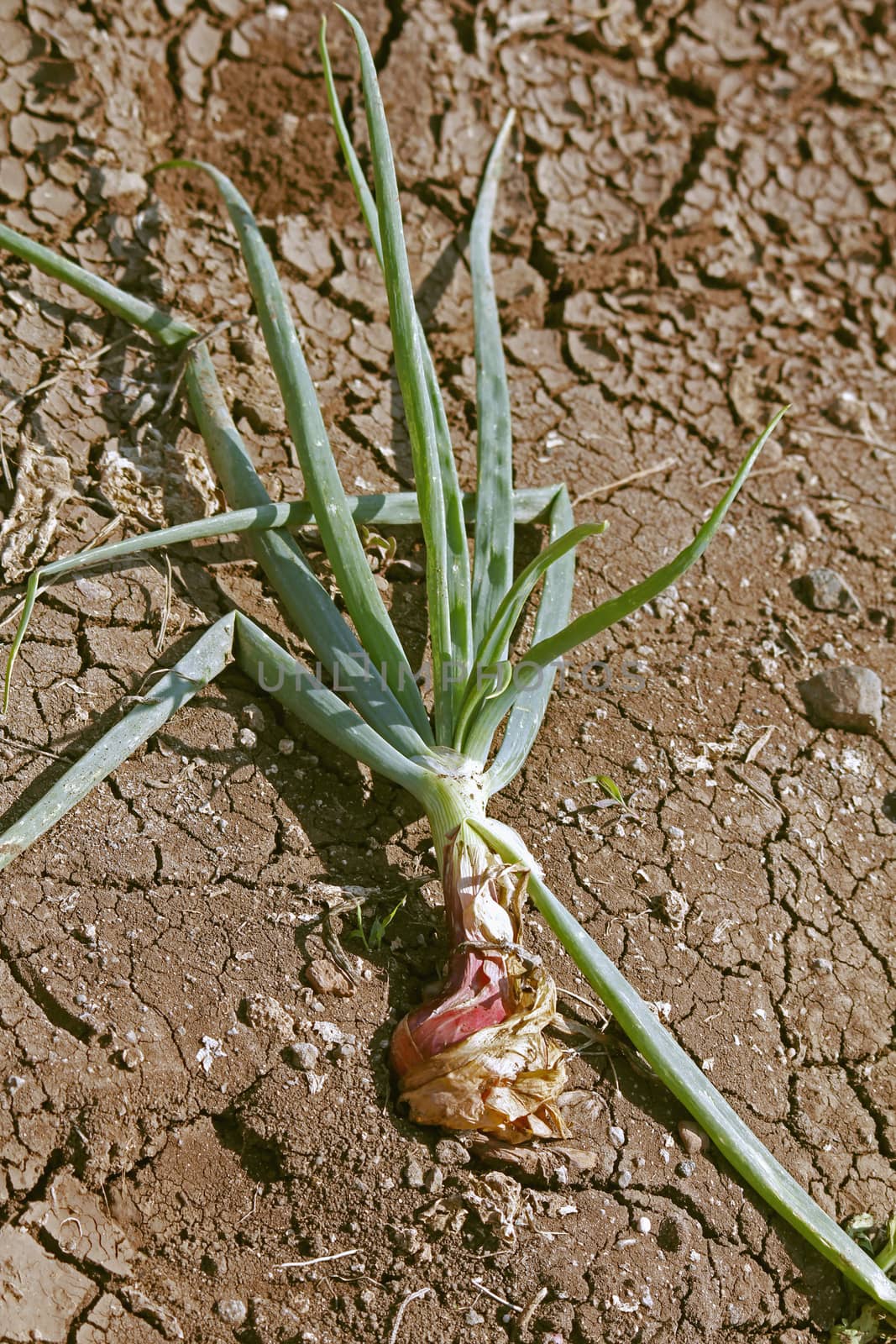
Field of Onion, Allium cepa
Stock PhotoUsername
yandsResolution
3456x5184pxField of Onion, Allium cepa

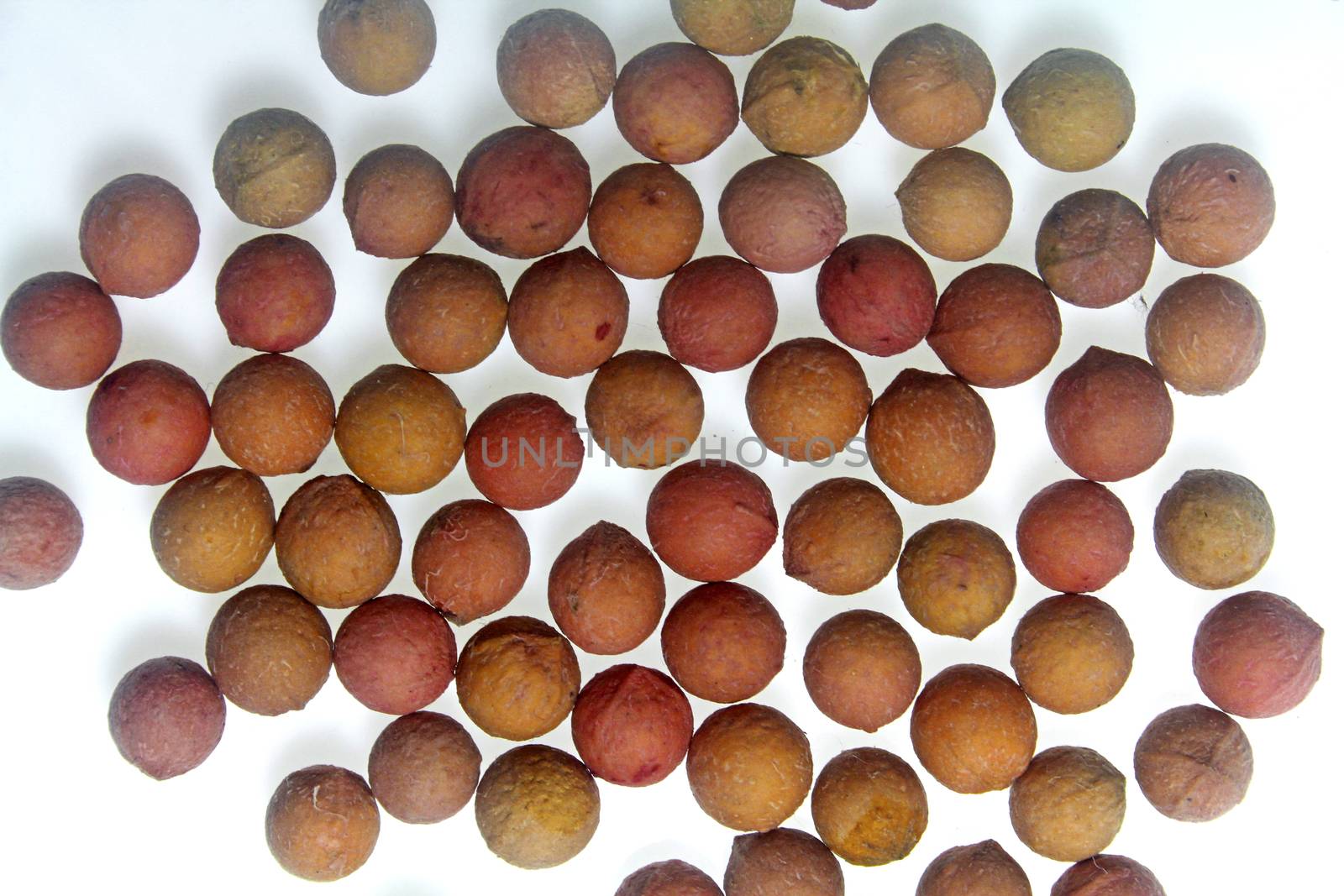
Seeds of sandalwood tree, Santalum spicatum
Stock PhotoUsername
yandsResolution
5184x3456pxSeeds of sandalwood tree, Santalum spicatum

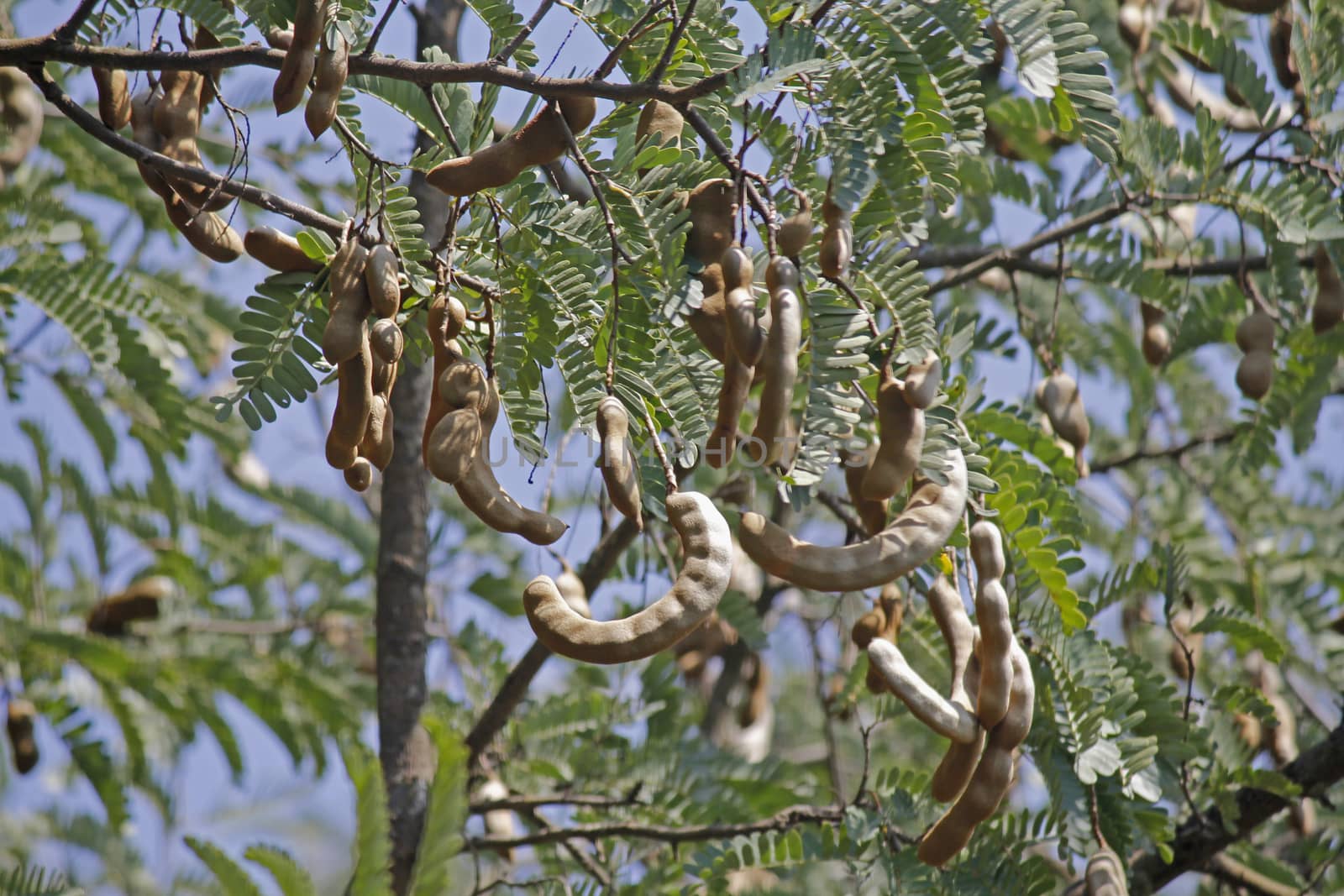
Tamarind, Tamarindus indica
Stock PhotoUsername
yandsResolution
5184x3456pxTamarind, Tamarindus indica

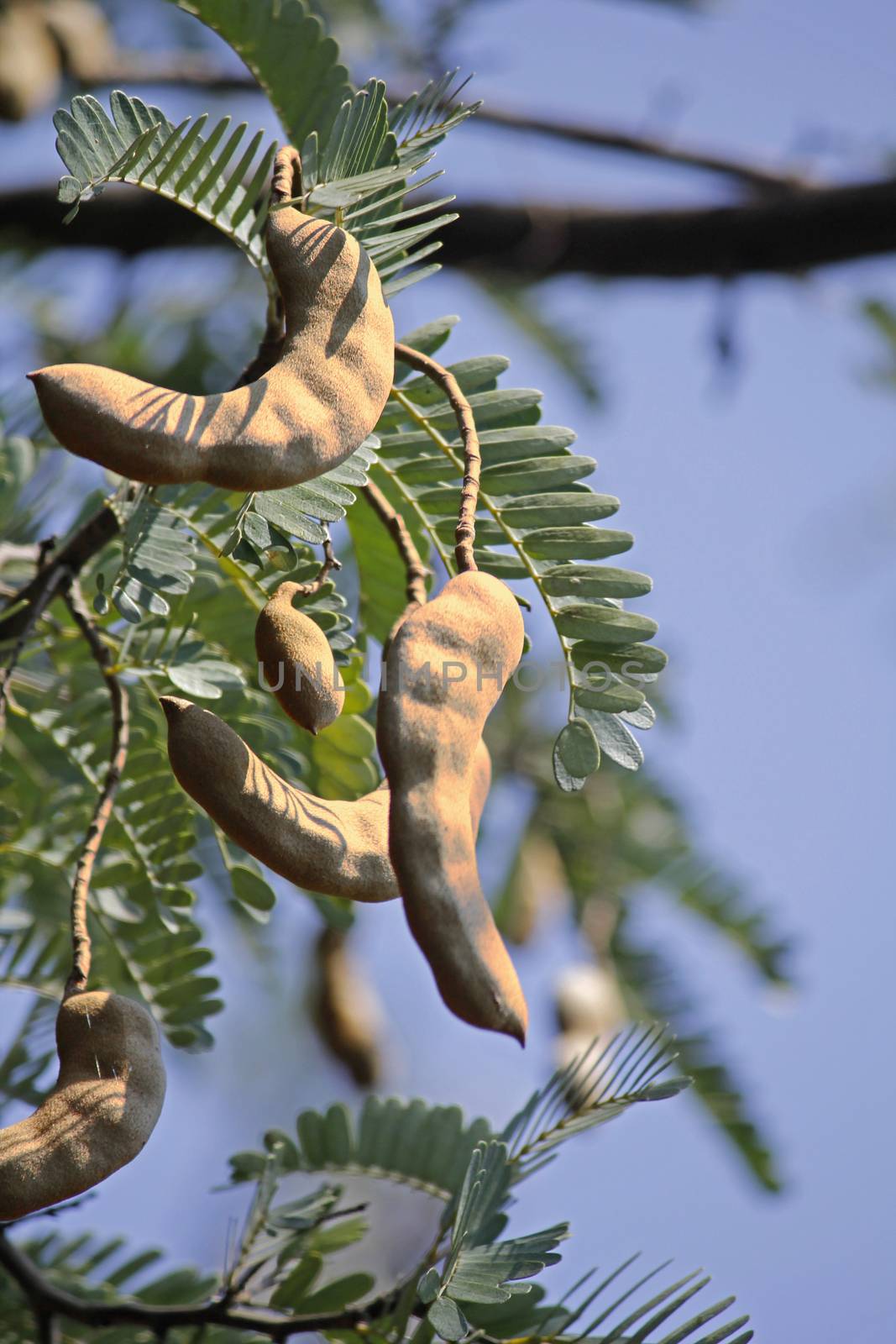
Tamarind, Tamarindus indica
Stock PhotoUsername
yandsResolution
3456x5184pxTamarind, Tamarindus indica

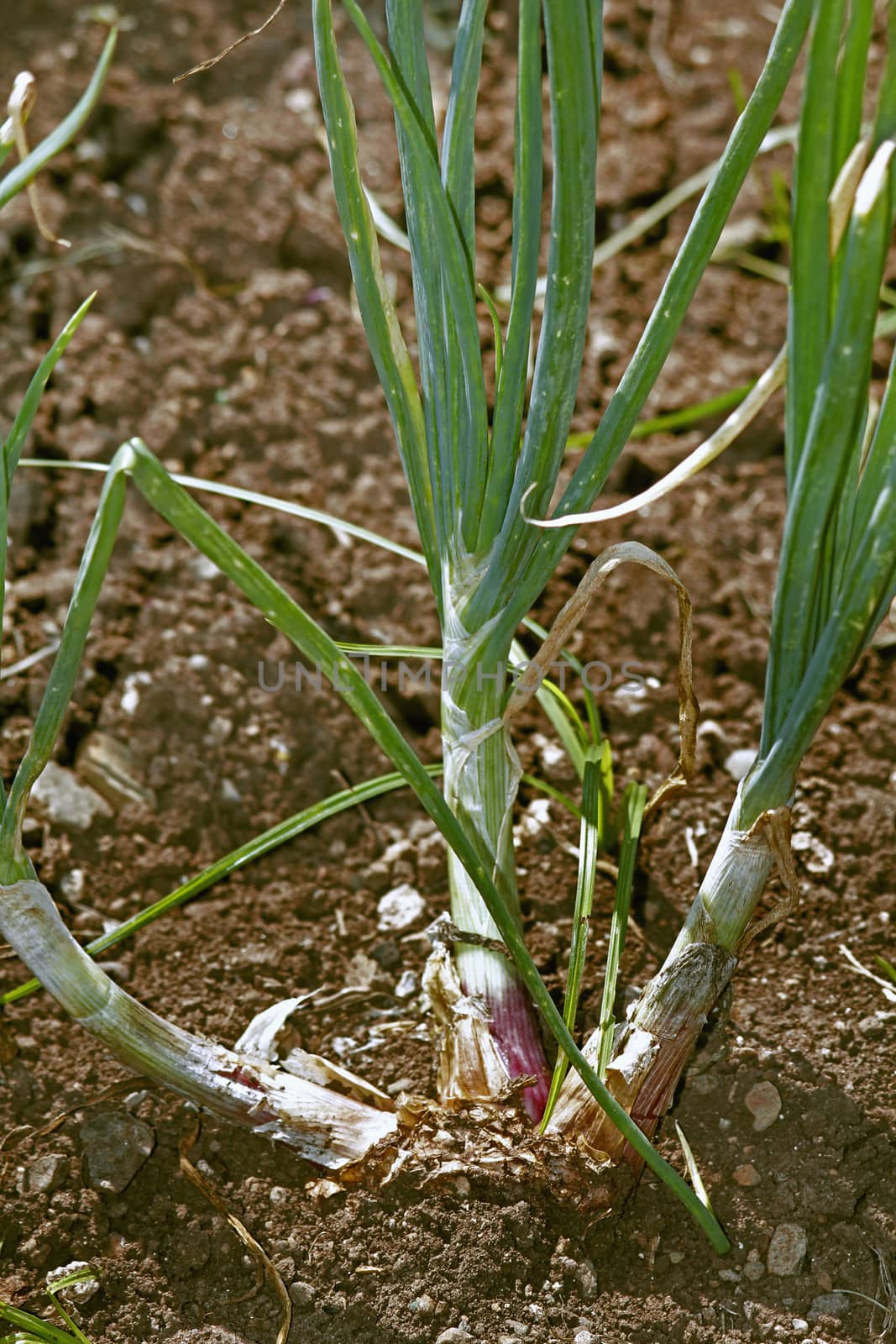
Field of Onion, Allium cepa
Stock PhotoUsername
yandsResolution
3456x5184pxField of Onion, Allium cepa

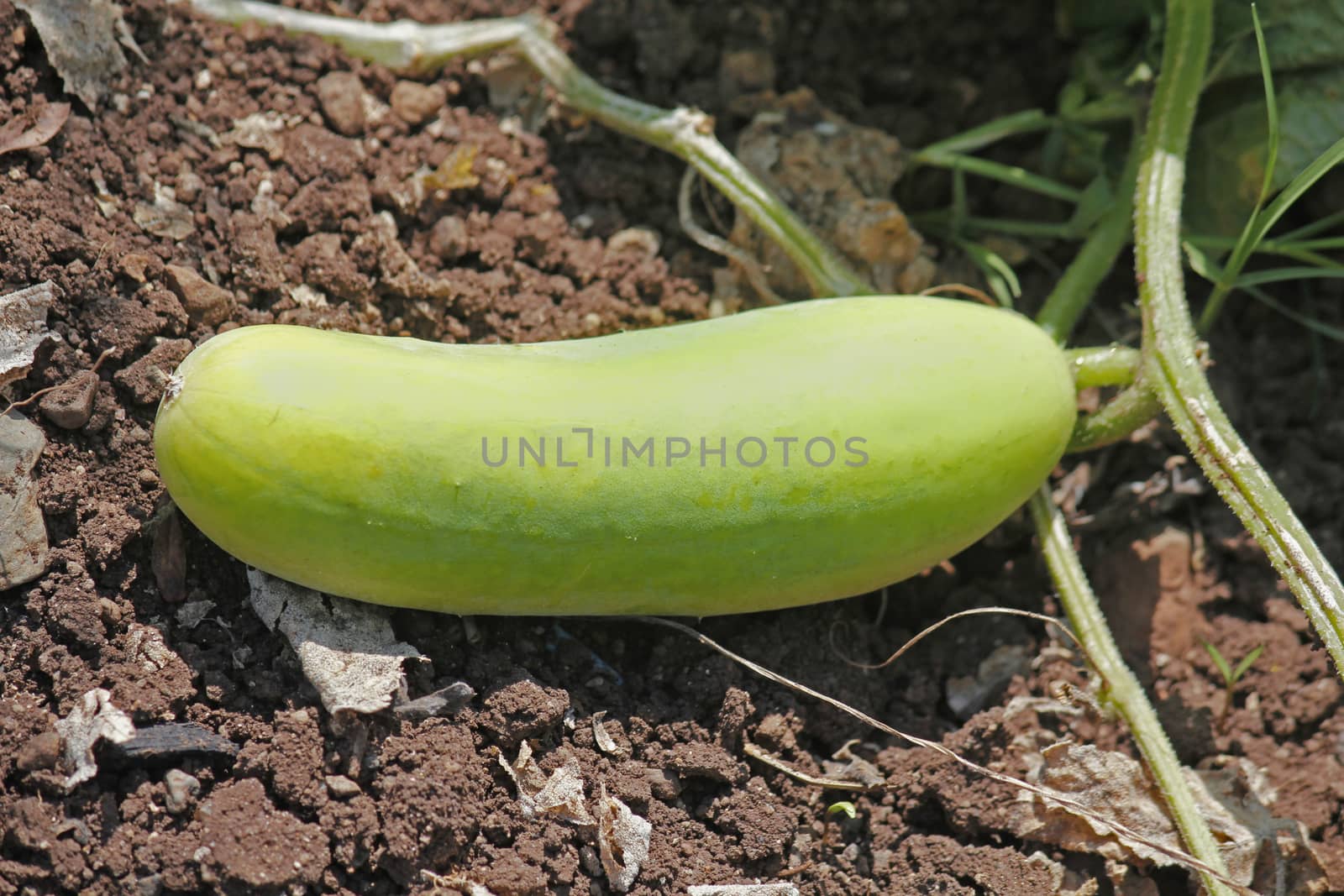
Cucumber, Cucumis sativus
Stock PhotoUsername
yandsResolution
5184x3456pxCucumber, Cucumis sativus

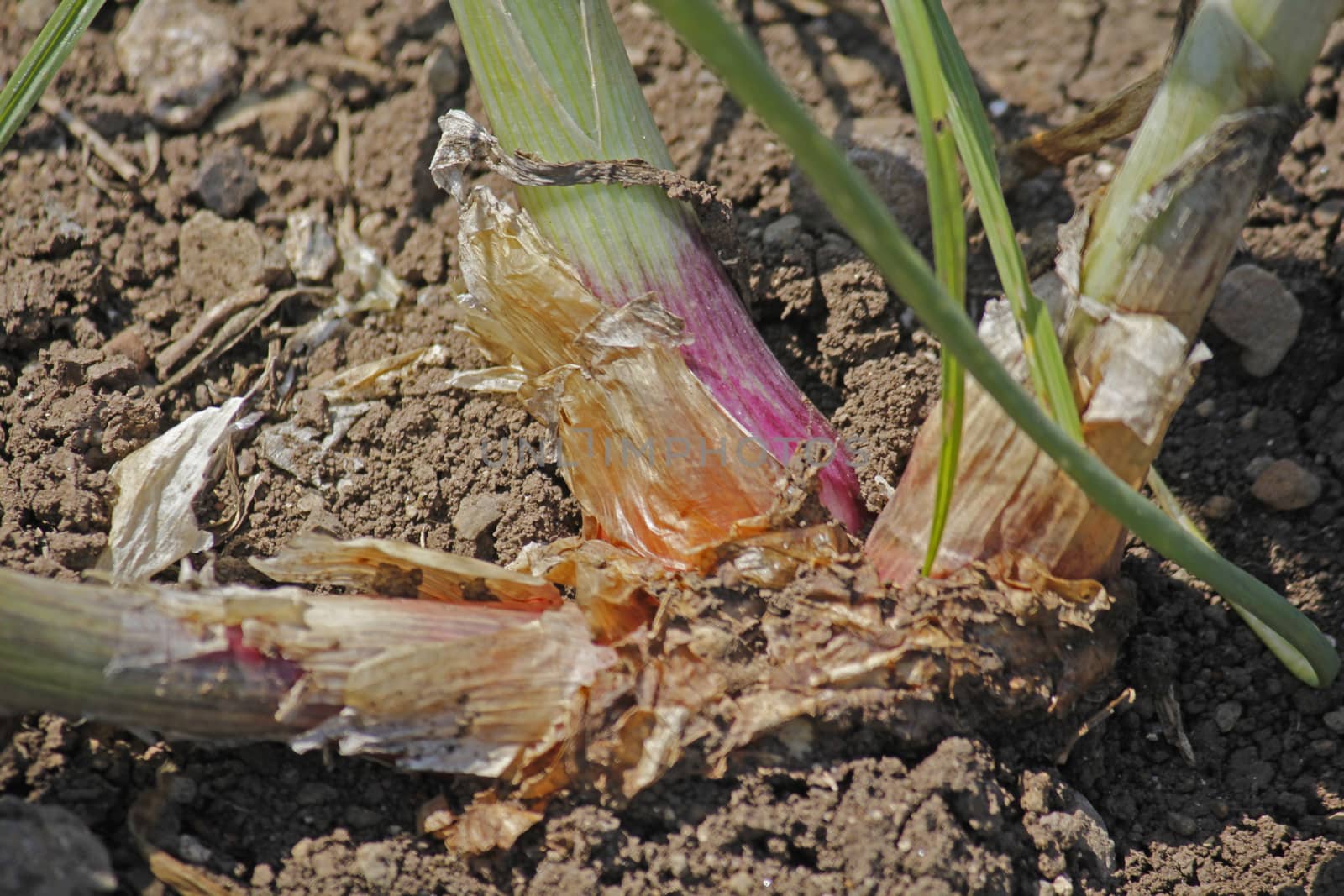
Field of Onion, Allium cepa
Stock PhotoUsername
yandsResolution
5184x3456pxField of Onion, Allium cepa

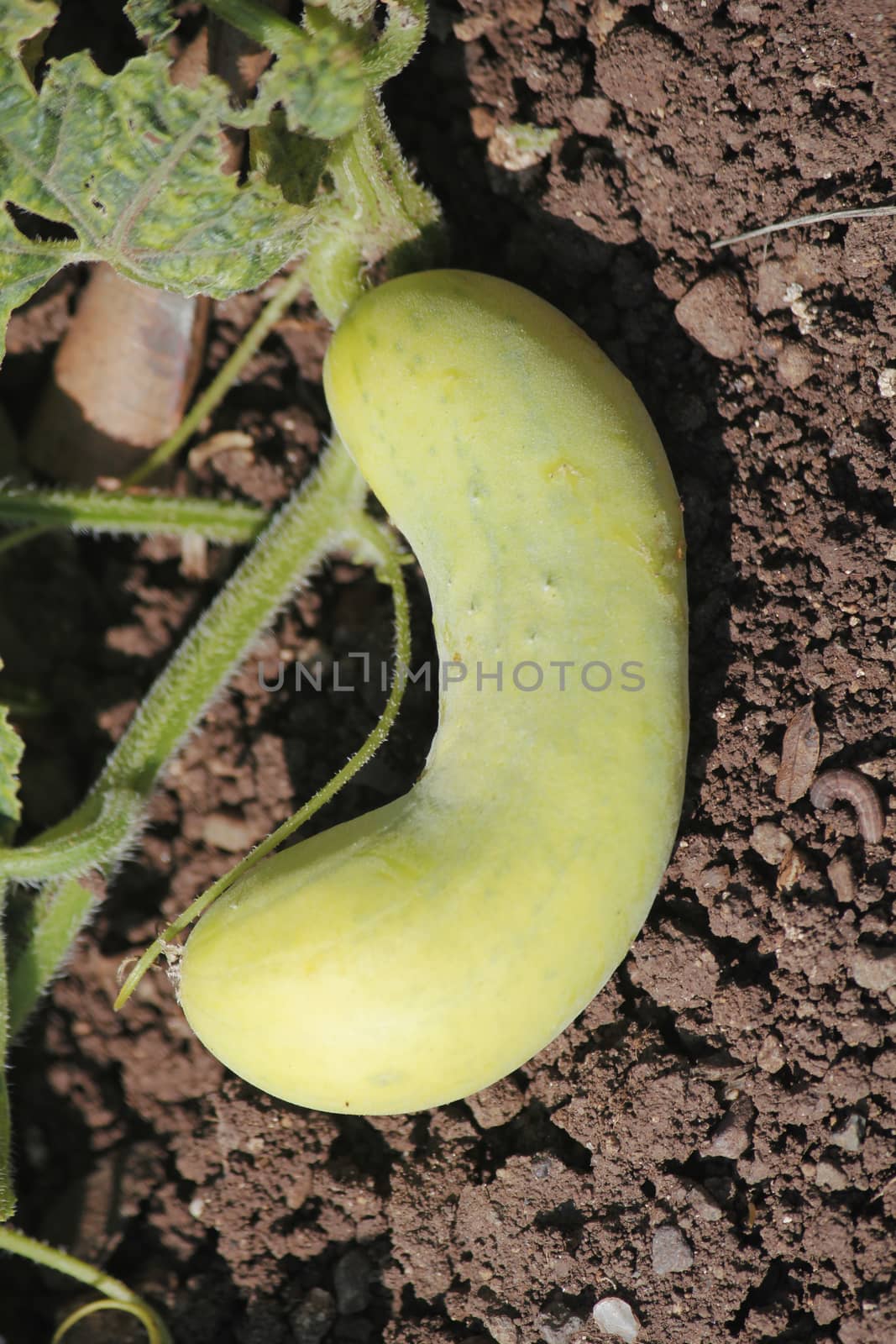
Cucumber, Cucumis sativus
Stock PhotoUsername
yandsResolution
3456x5184pxCucumber, Cucumis sativus

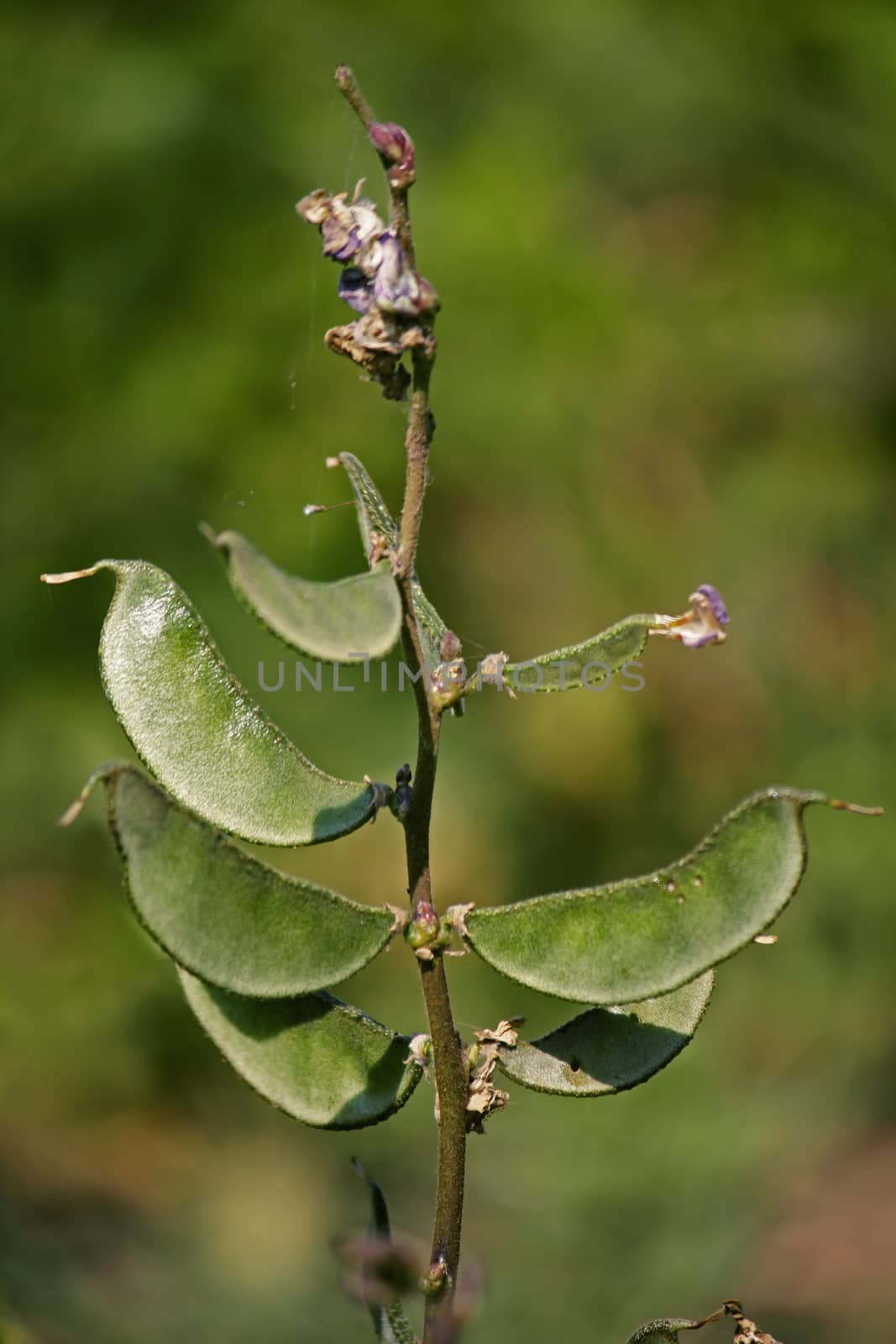
Pods of Lablab purpureus
Stock PhotoUsername
yandsResolution
3456x5184pxPods of Lablab purpureus

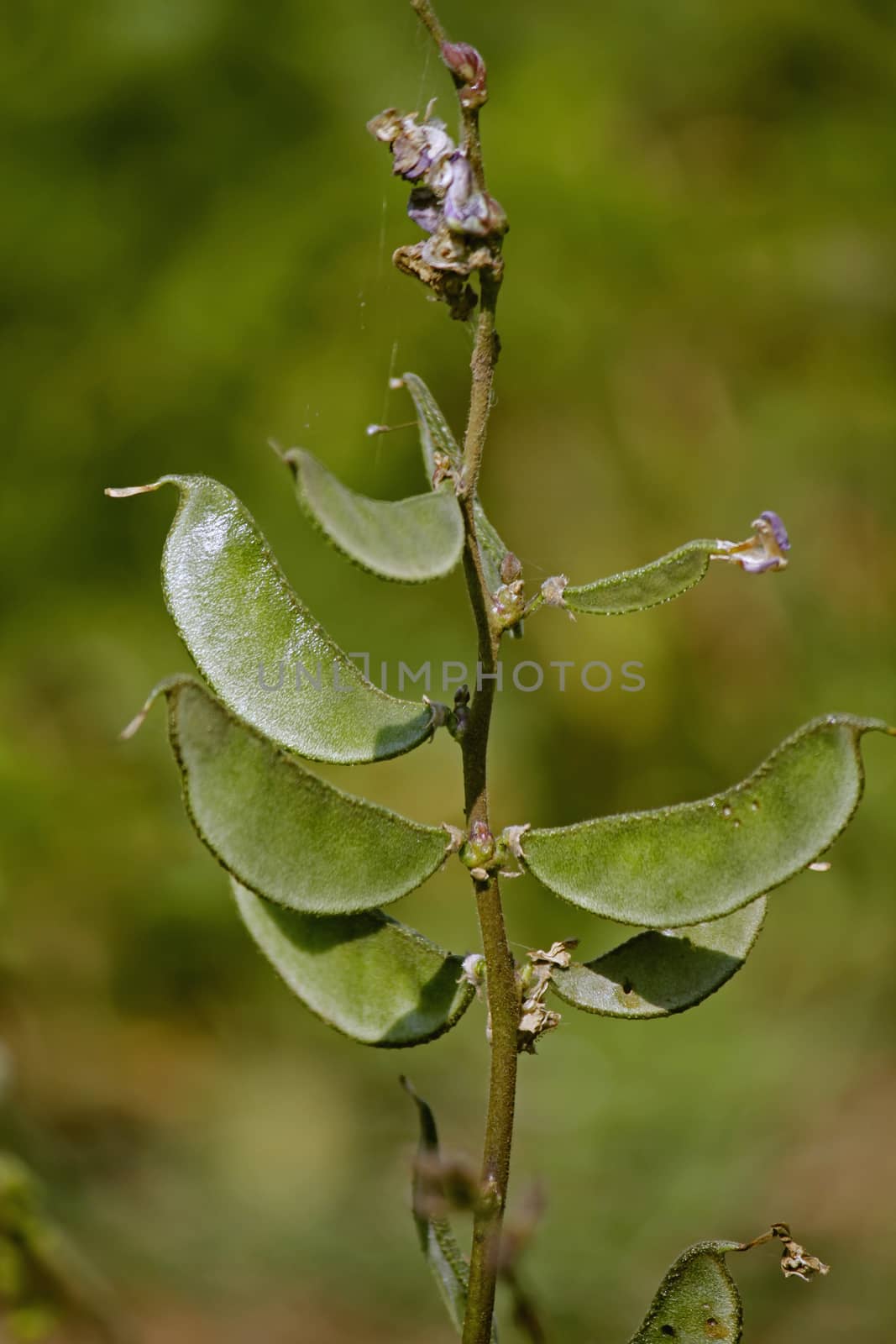
Pods of Lablab purpureus
Stock PhotoUsername
yandsResolution
3456x5184pxPods of Lablab purpureus

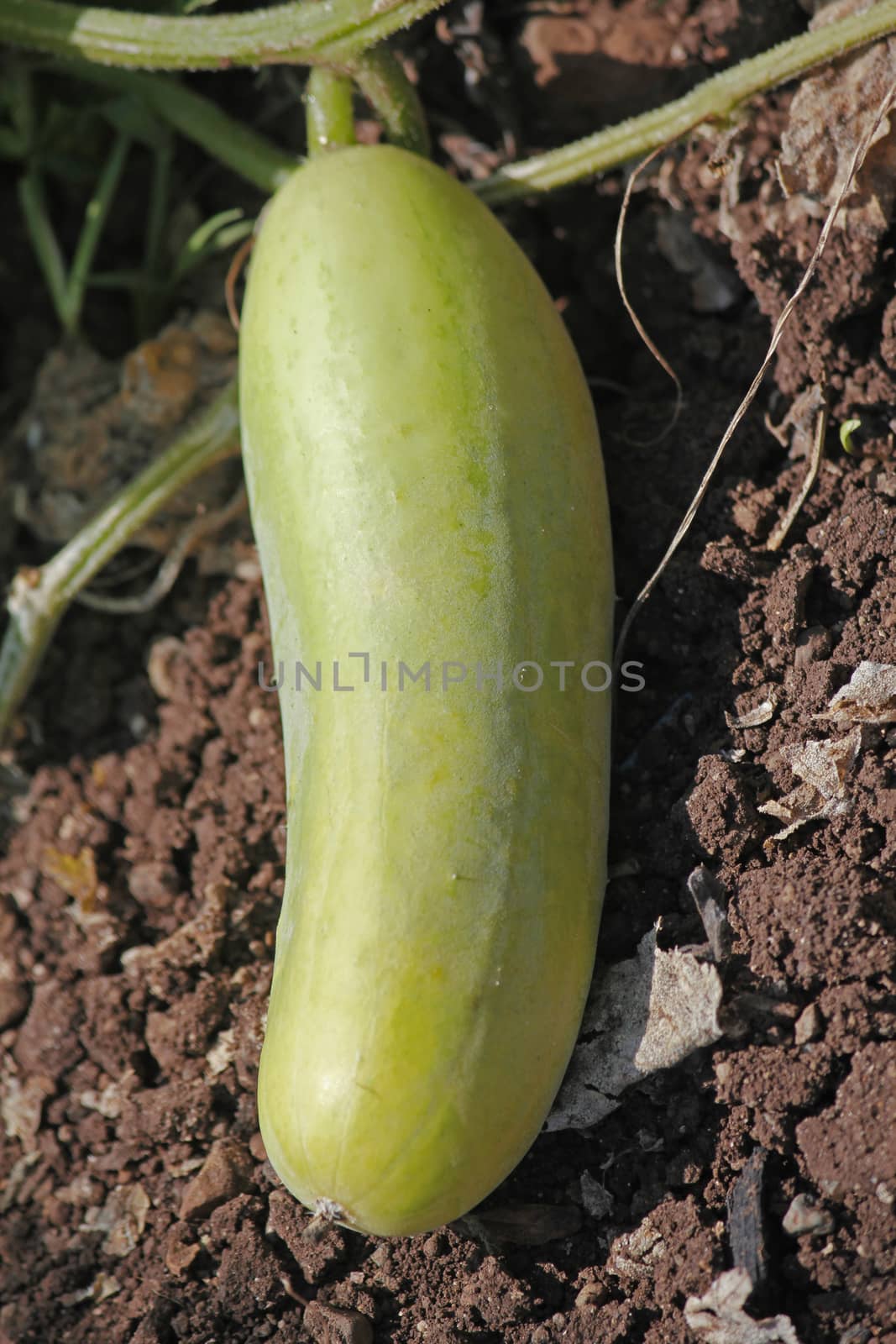
Cucumber, Cucumis sativus
Stock PhotoUsername
yandsResolution
3456x5184pxCucumber, Cucumis sativus

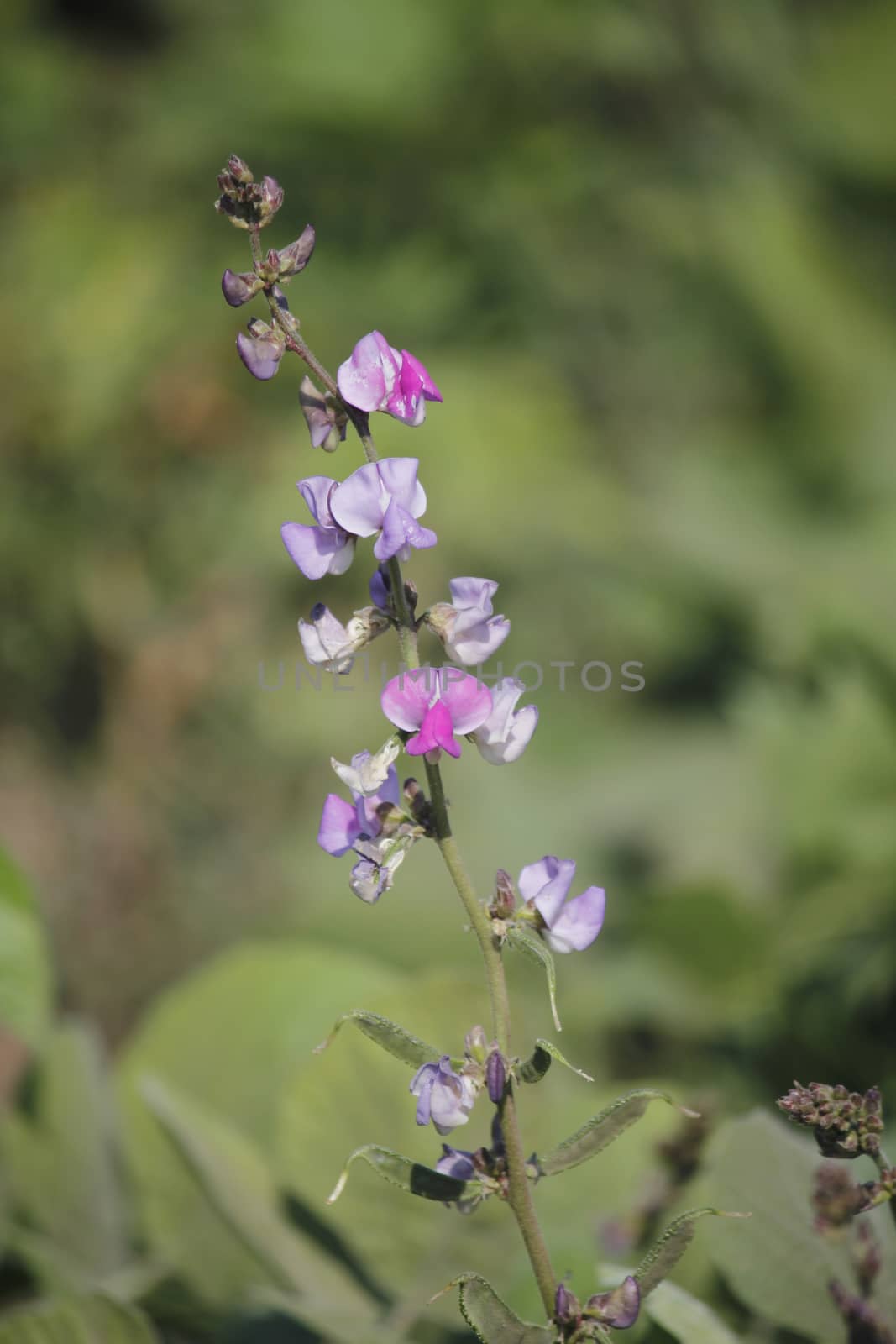
Flowers of Lablab purpureus
Stock PhotoUsername
yandsResolution
3456x5184pxFlowers of Lablab purpureus

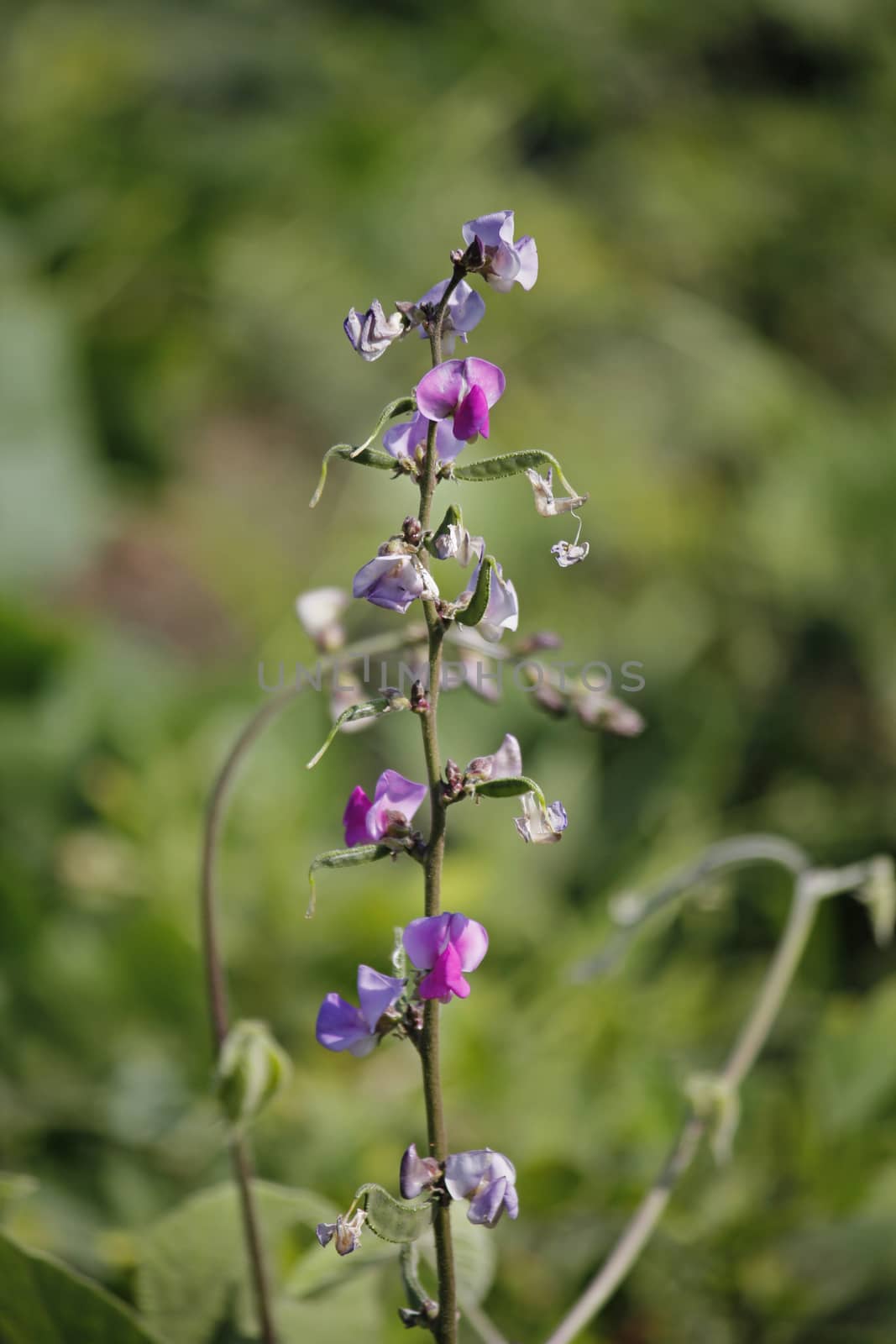
Flowers of Lablab purpureus
Stock PhotoUsername
yandsResolution
3456x5184pxFlowers of Lablab purpureus

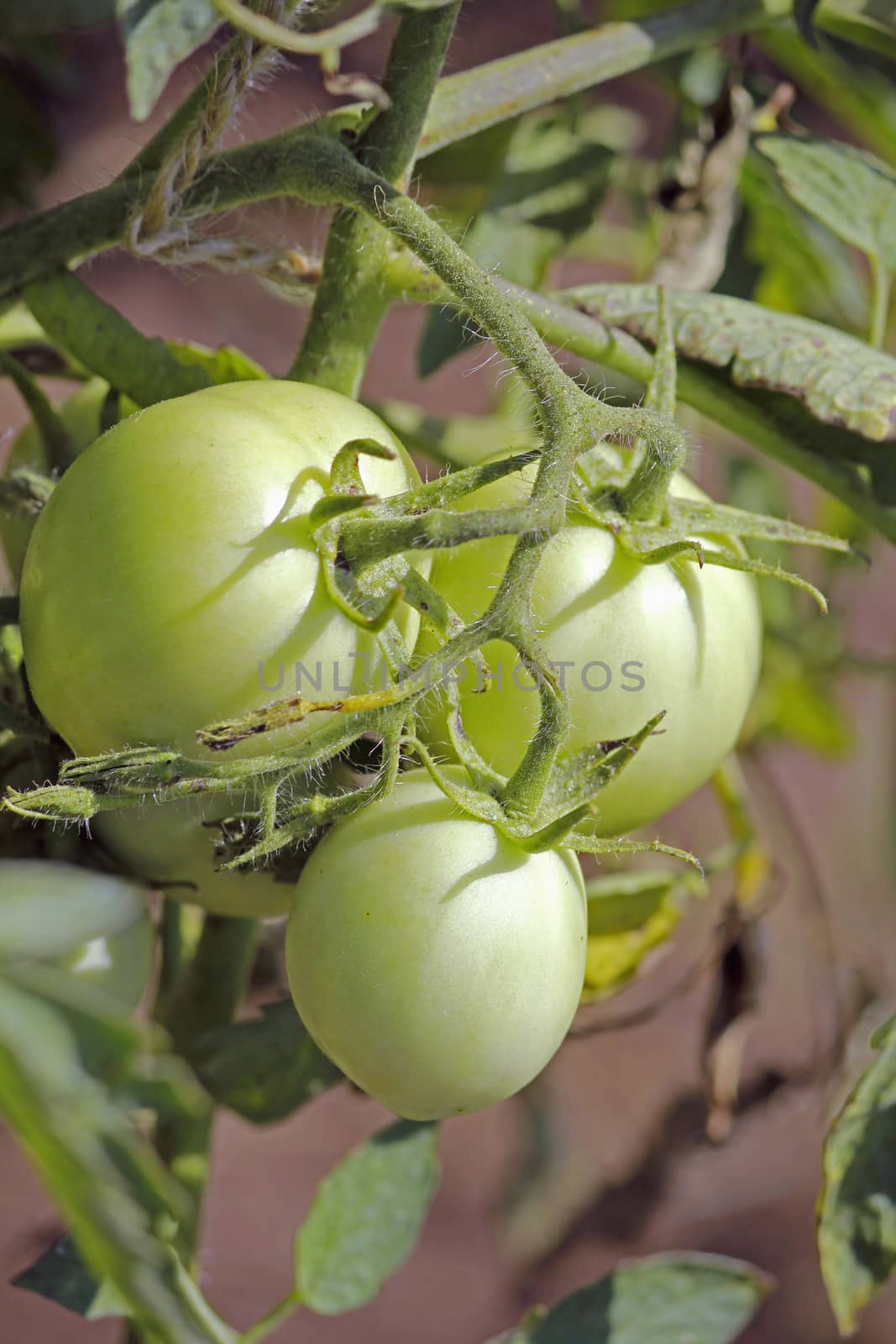
Lycopersicon esculentum, Solanum lycopersicum
Stock PhotoUsername
yandsResolution
3456x5184pxLycopersicon esculentum, Solanum lycopersicum

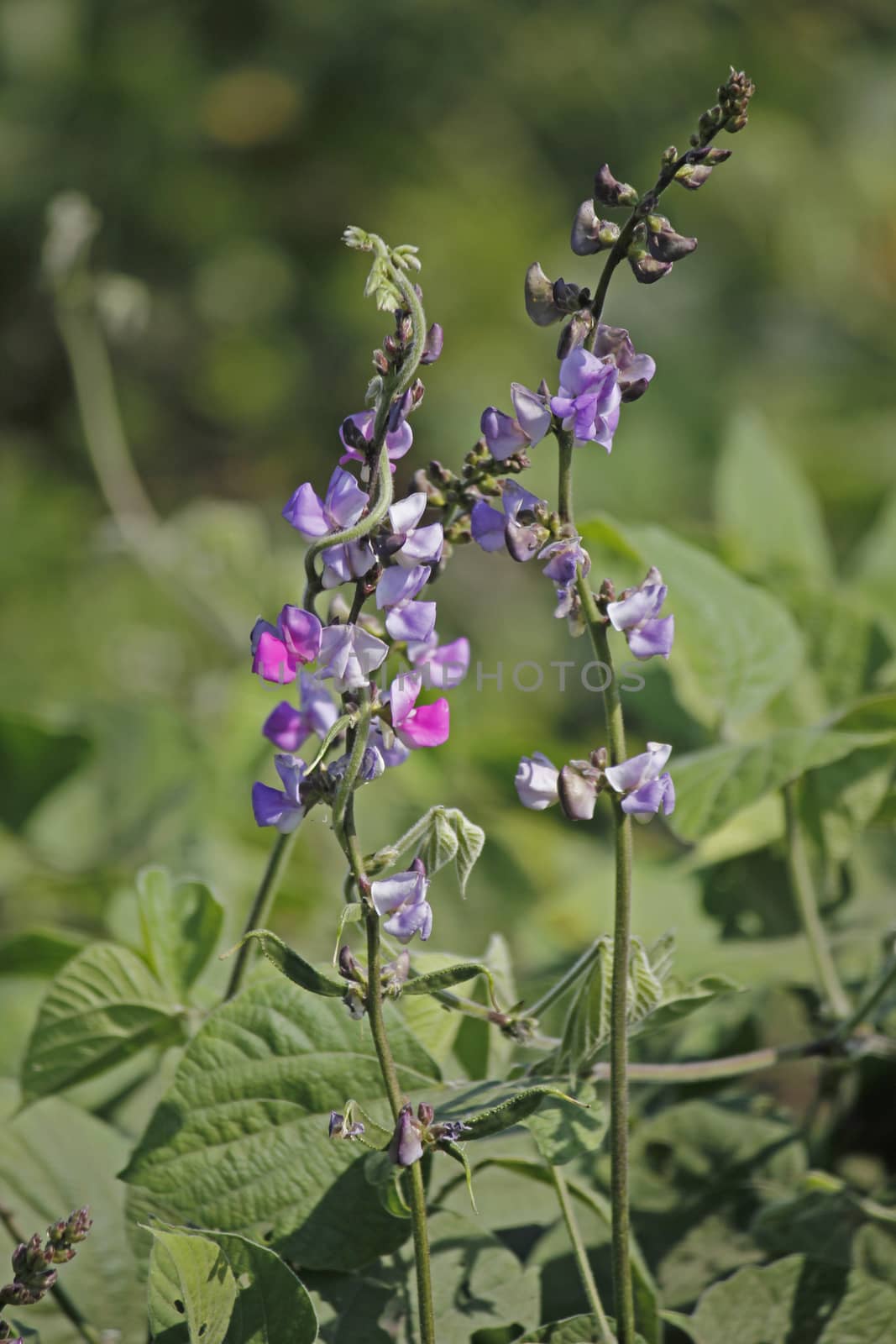
Flowers of Lablab purpureus
Stock PhotoUsername
yandsResolution
3456x5184pxFlowers of Lablab purpureus

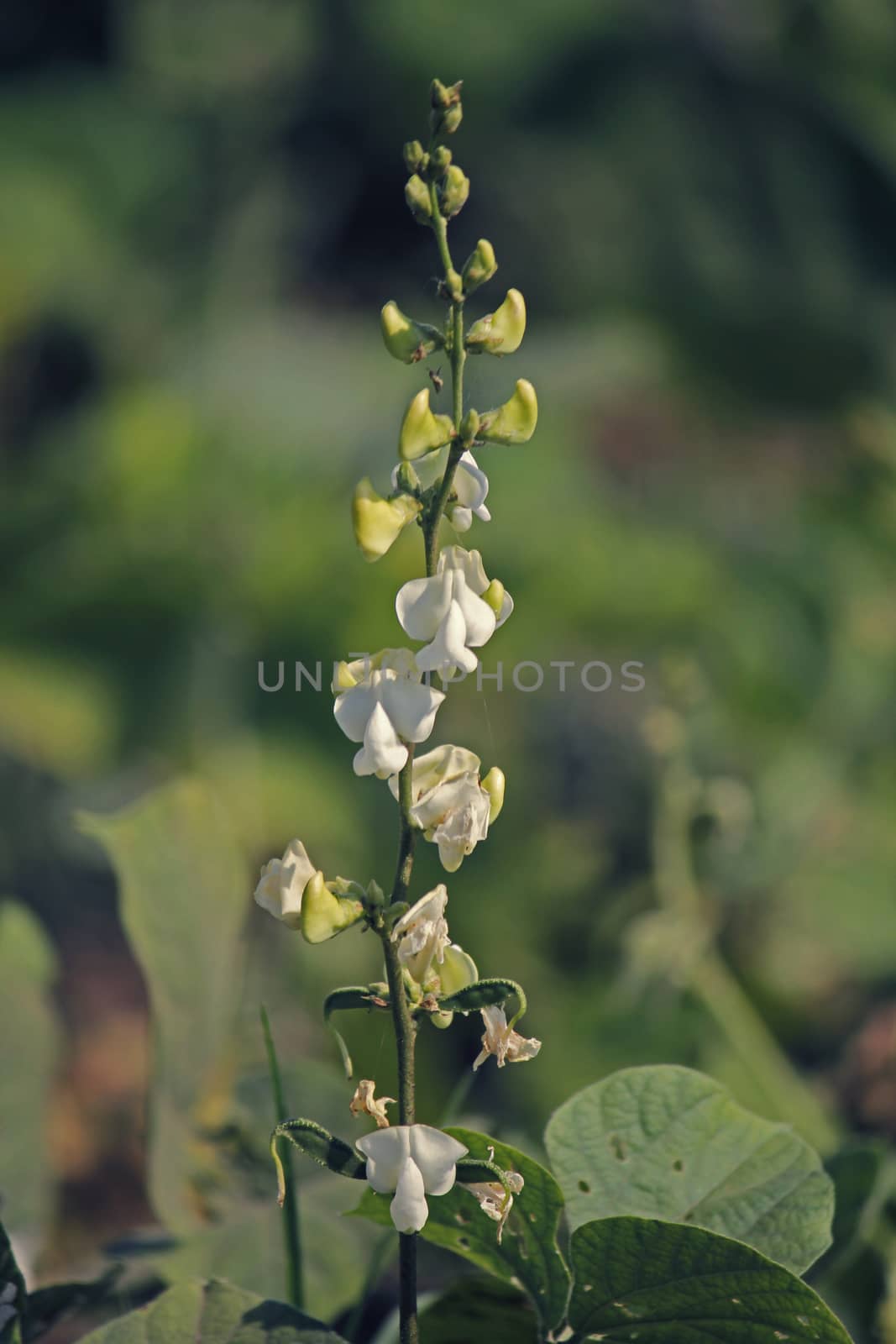
Flowers of Lablab purpureus
Stock PhotoUsername
yandsResolution
3456x5184pxFlowers of Lablab purpureus

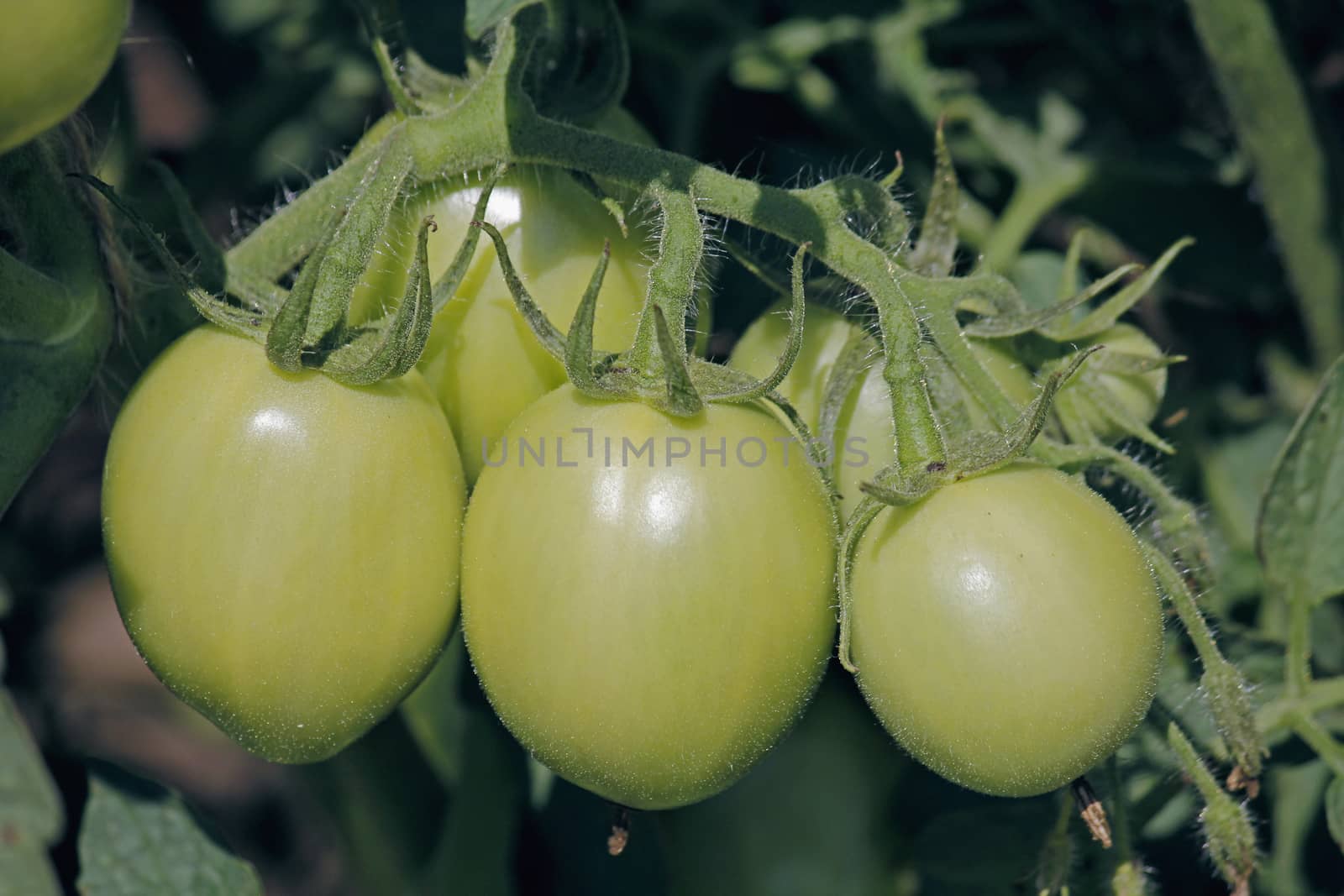
Lycopersicon esculentum, Solanum lycopersicum
Stock PhotoUsername
yandsResolution
5184x3456pxLycopersicon esculentum, Solanum lycopersicum

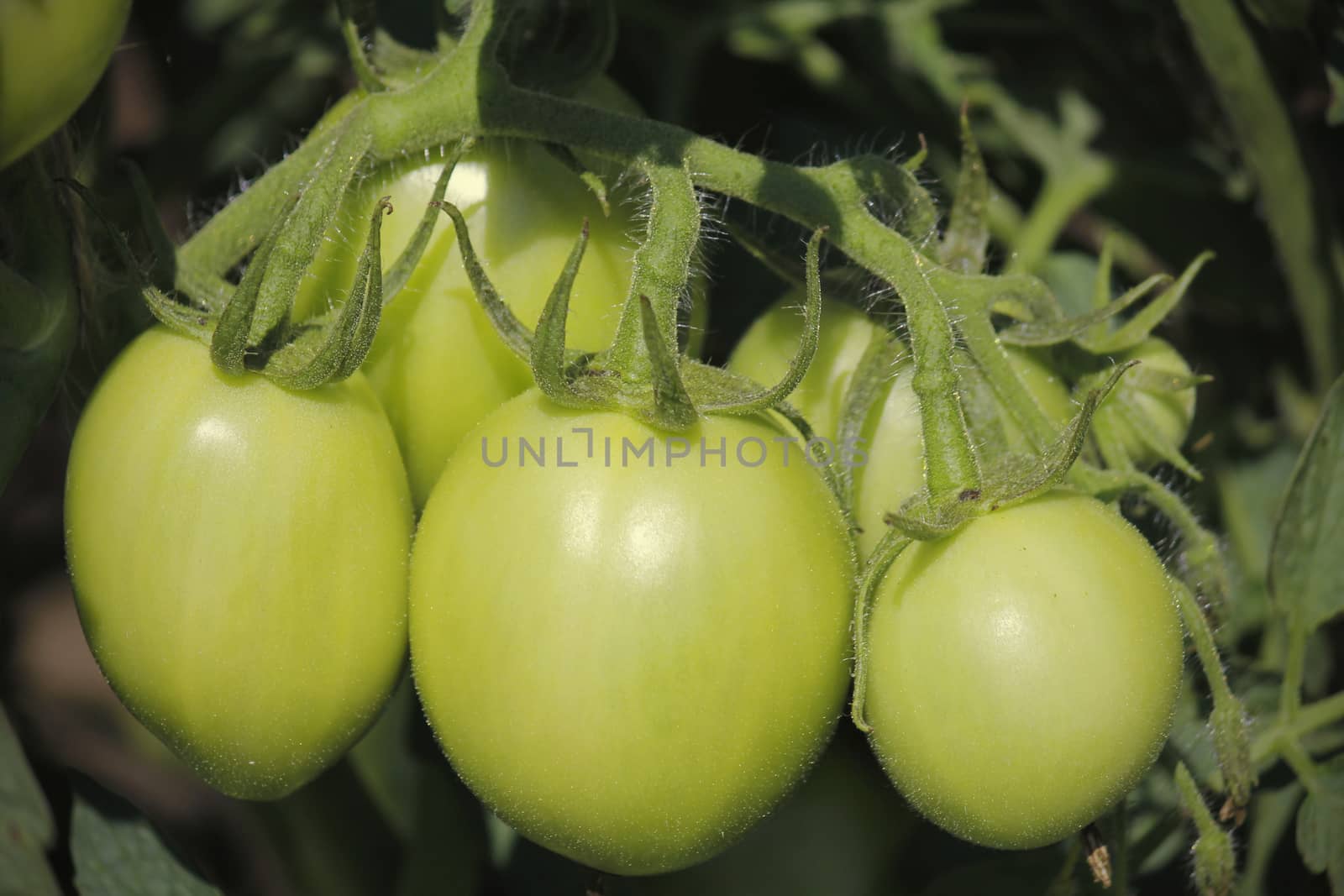
Lycopersicon esculentum, Solanum lycopersicum
Stock PhotoUsername
yandsResolution
5184x3456pxLycopersicon esculentum, Solanum lycopersicum

